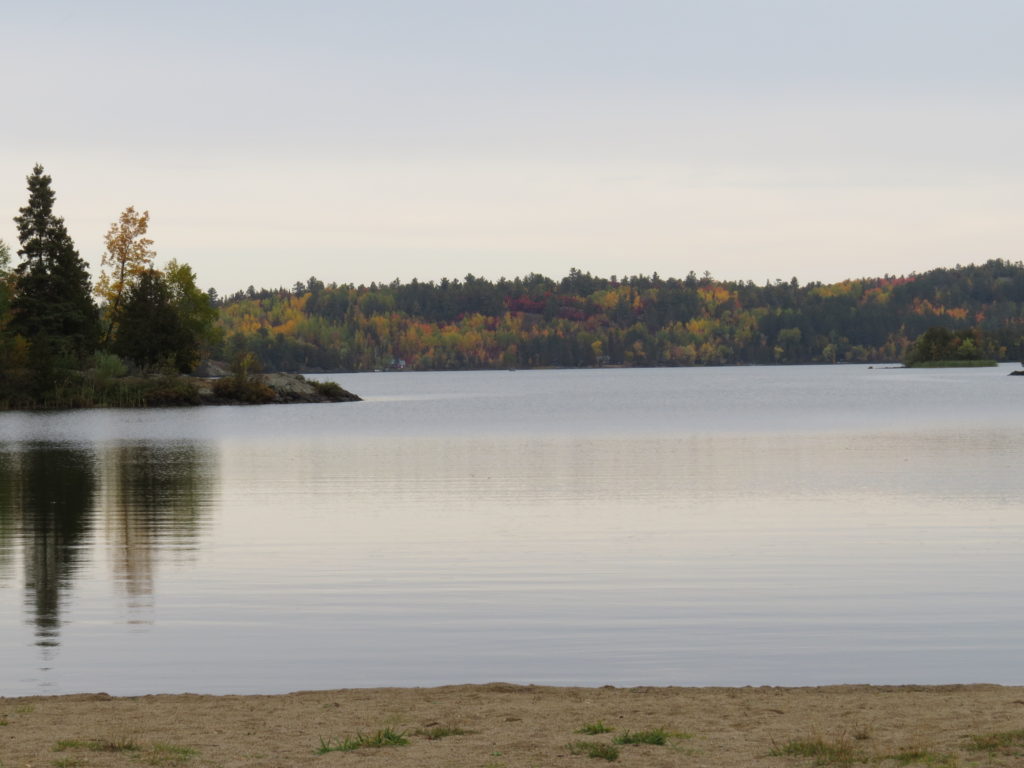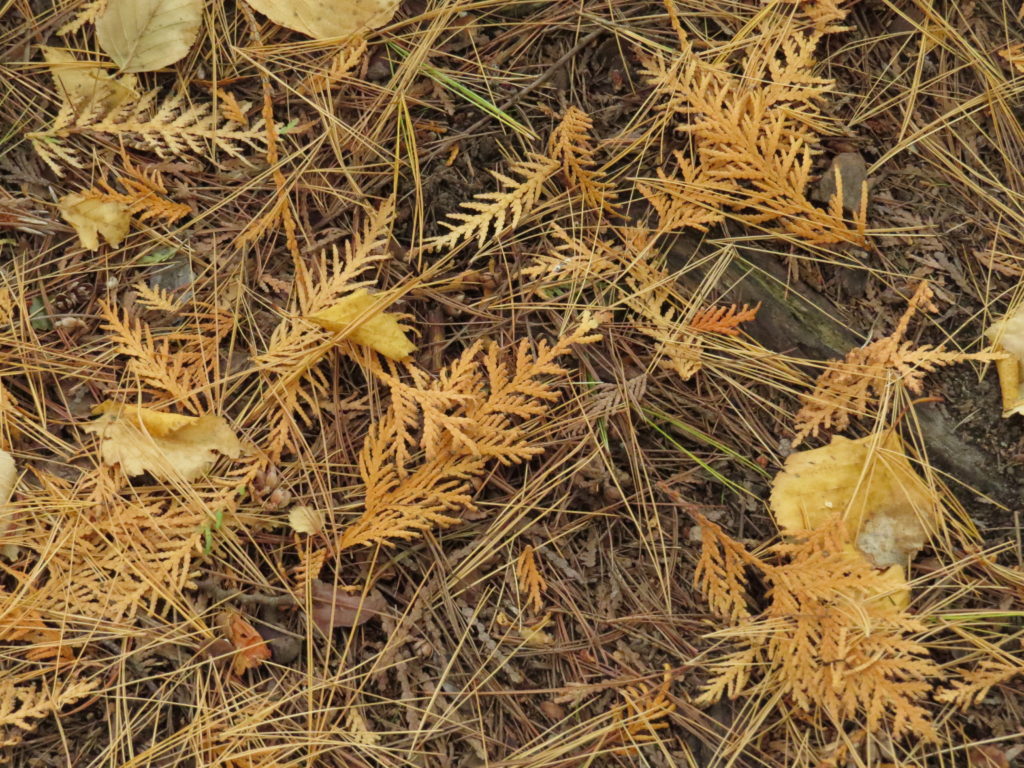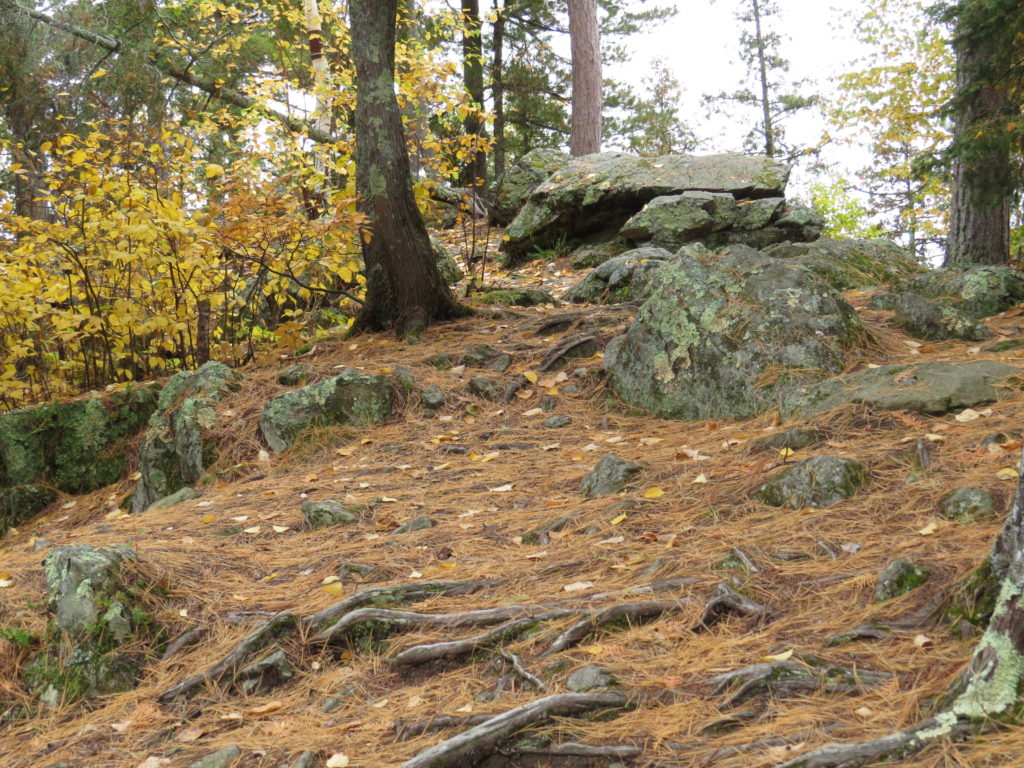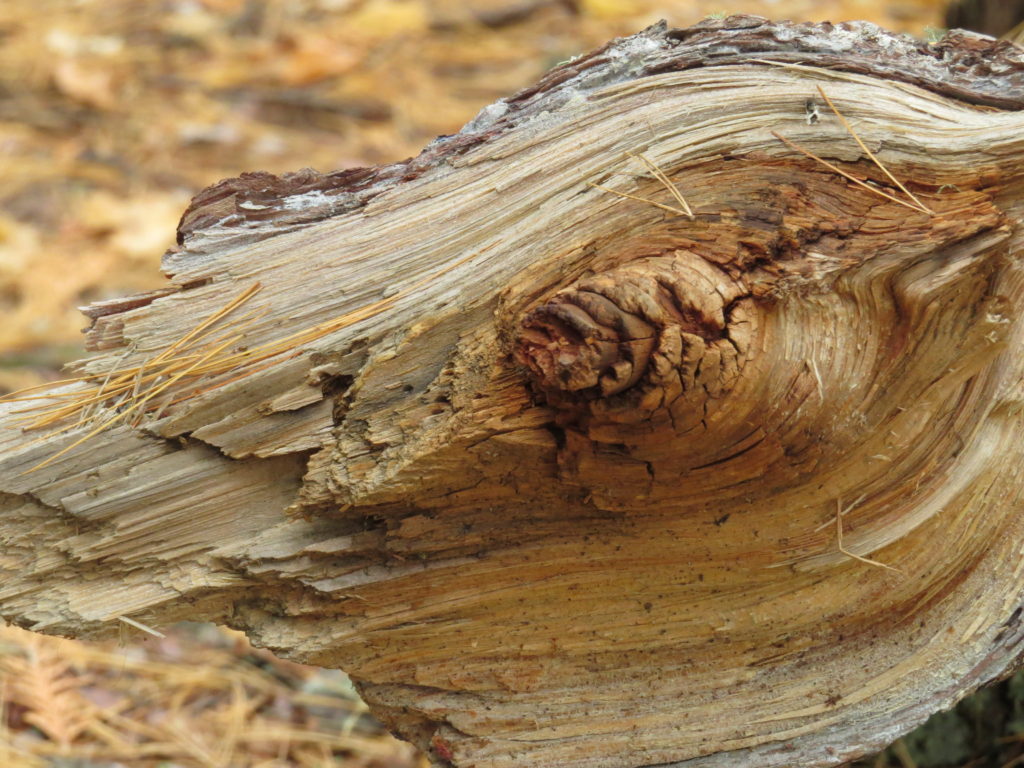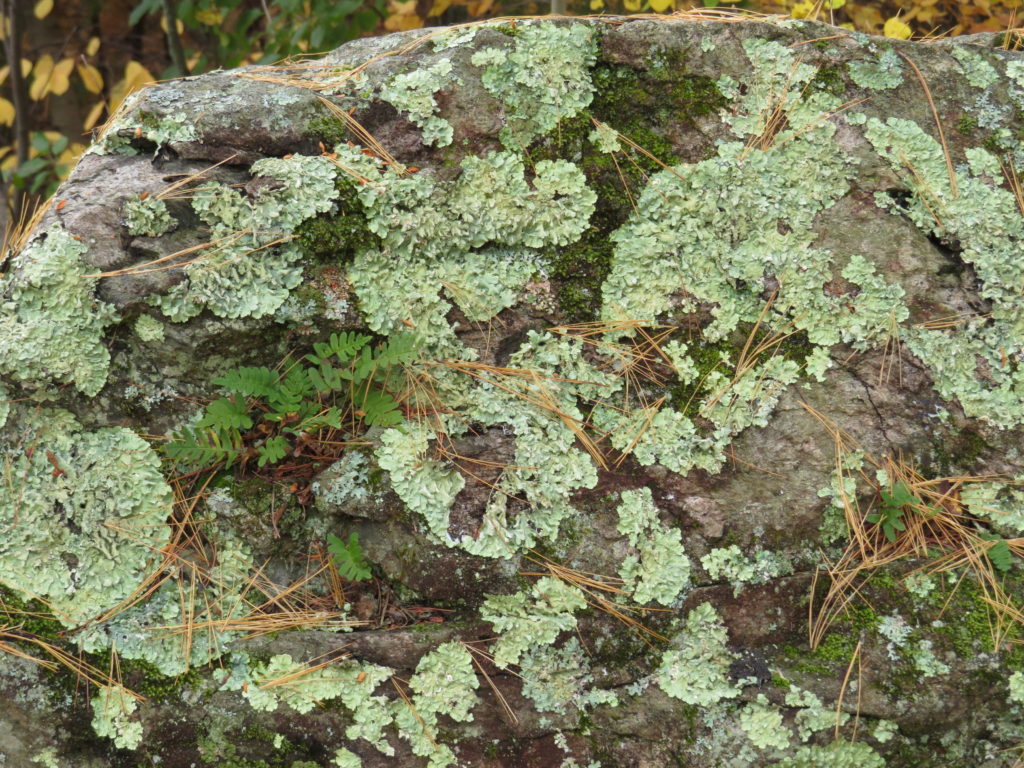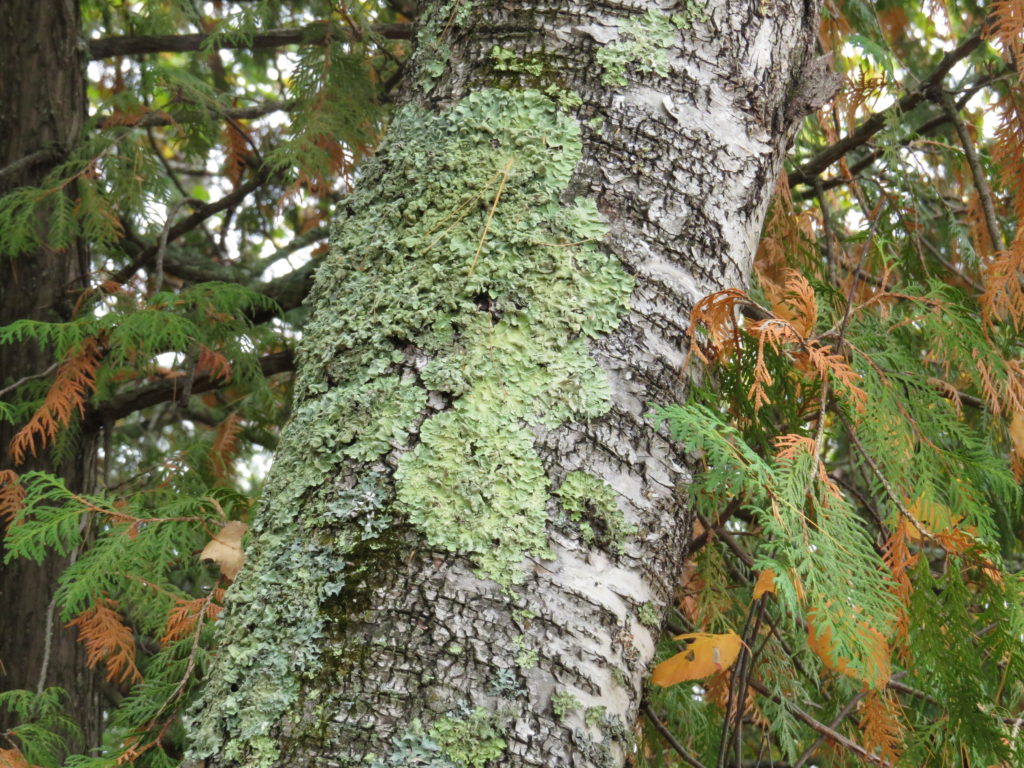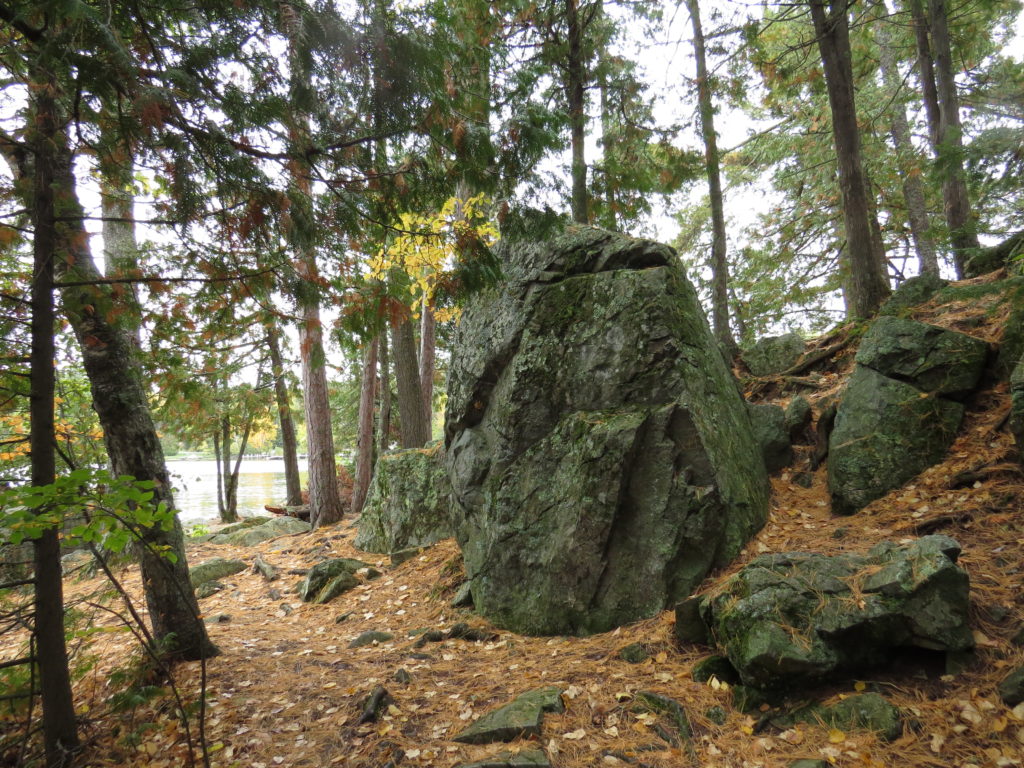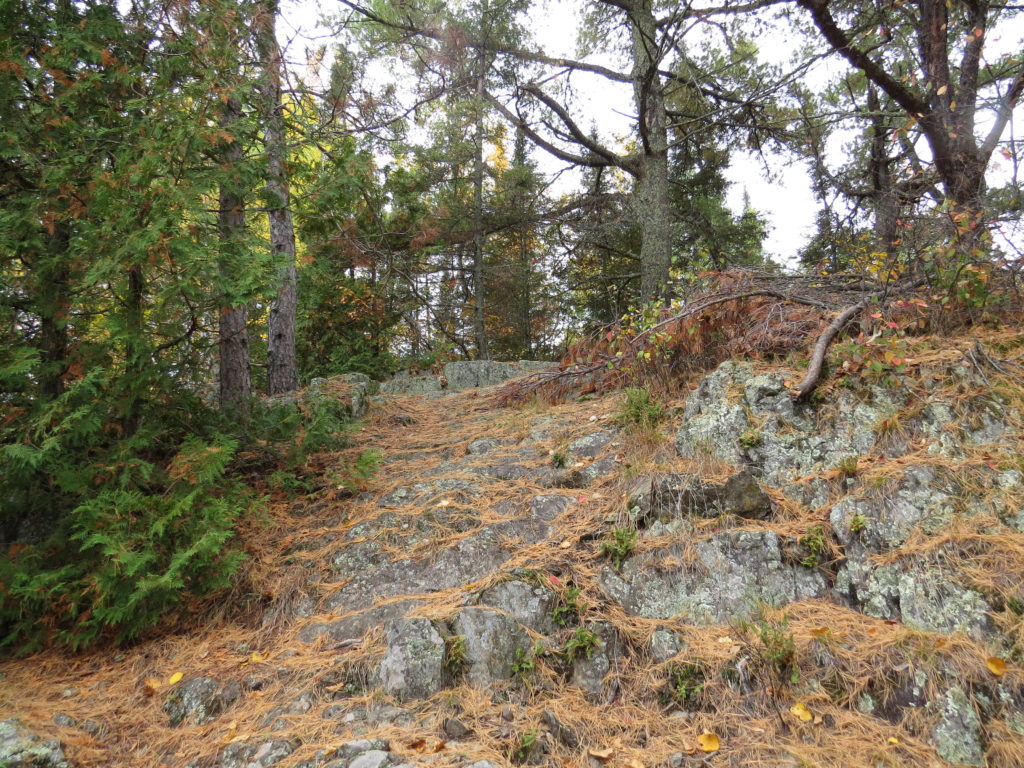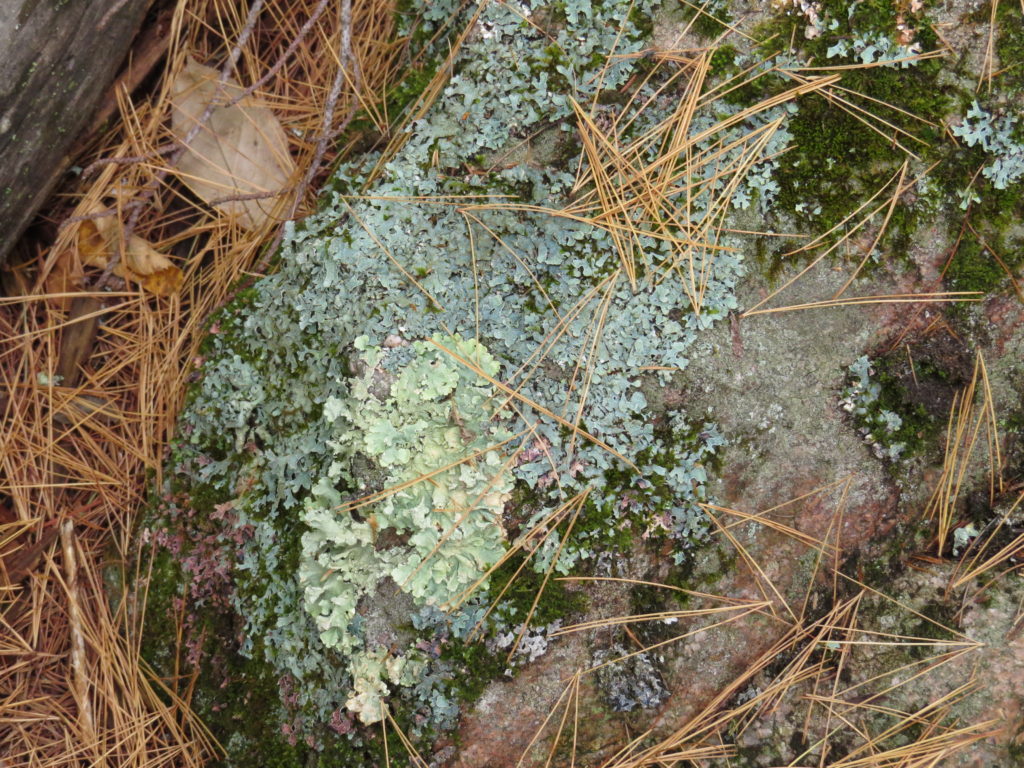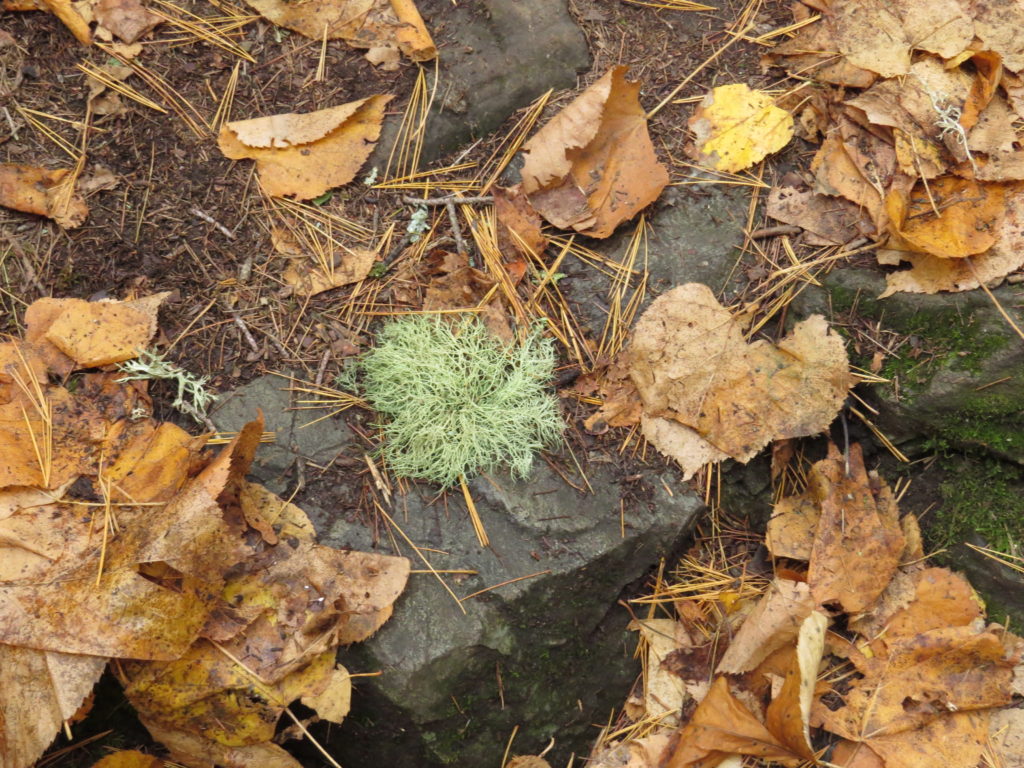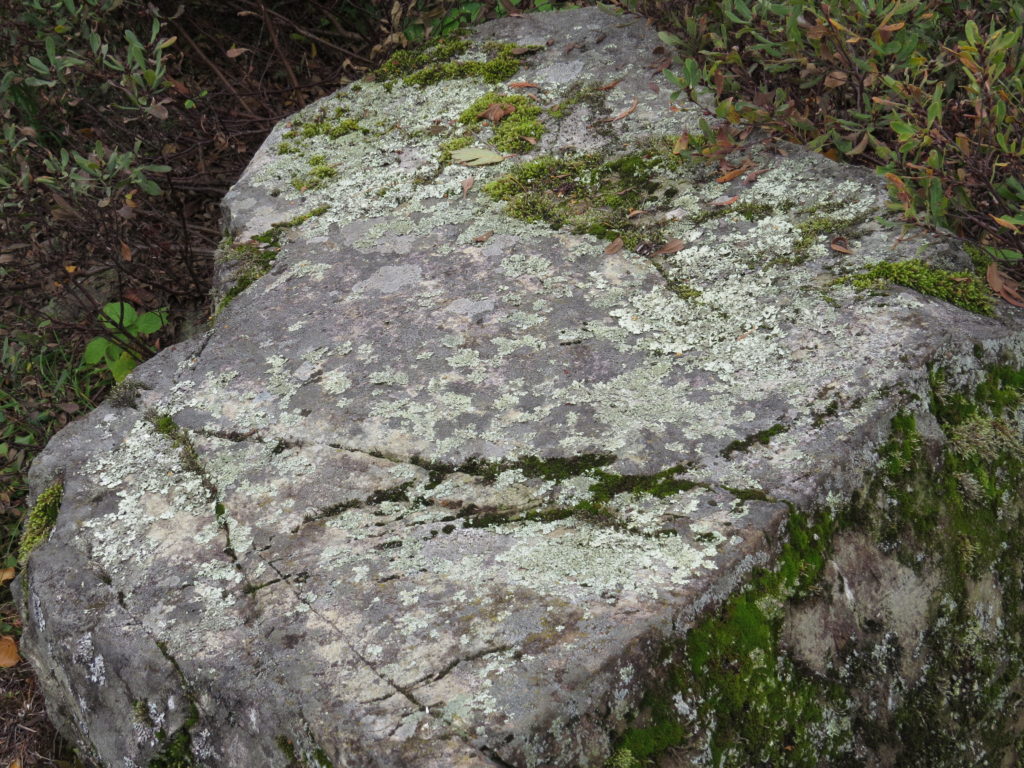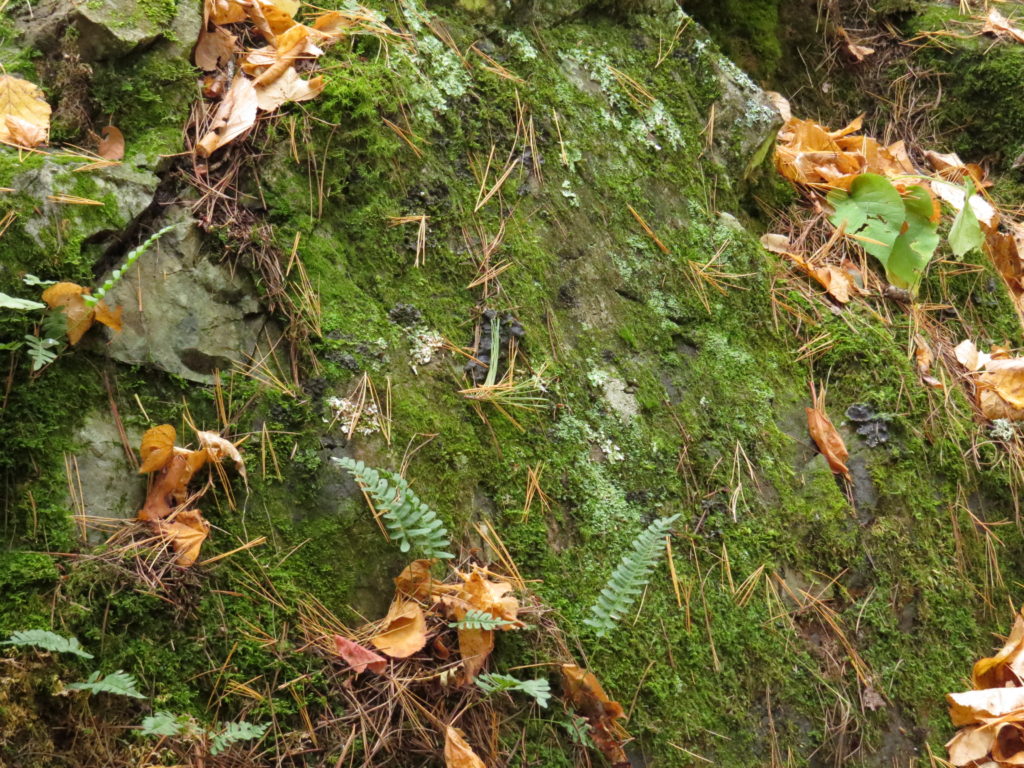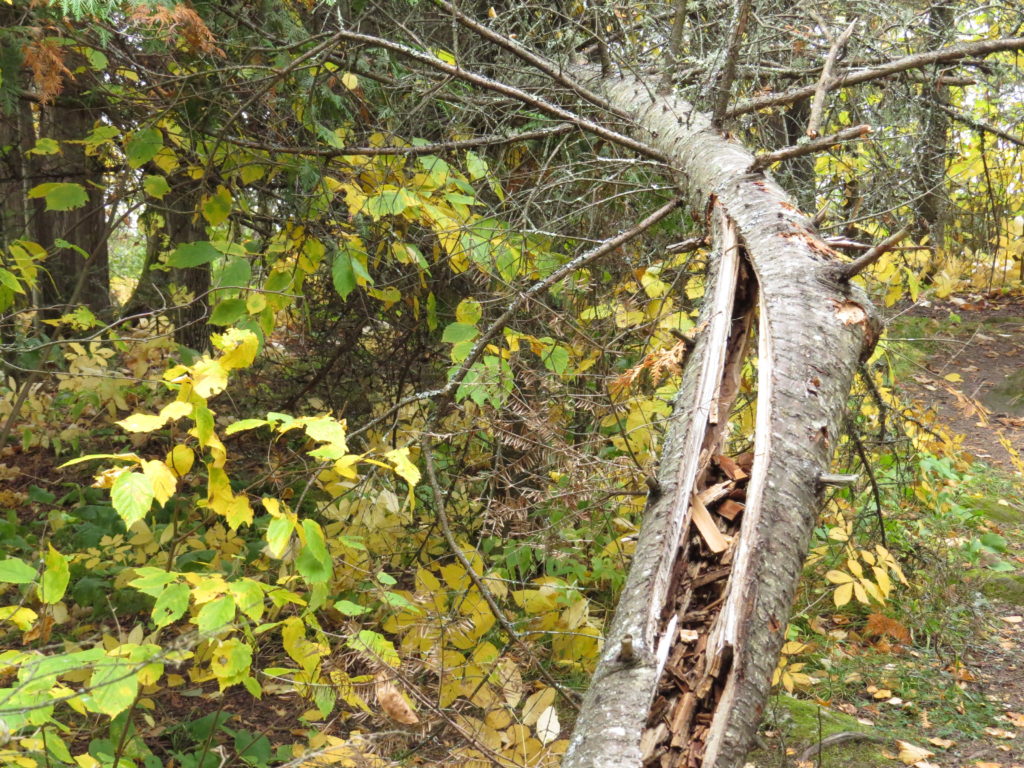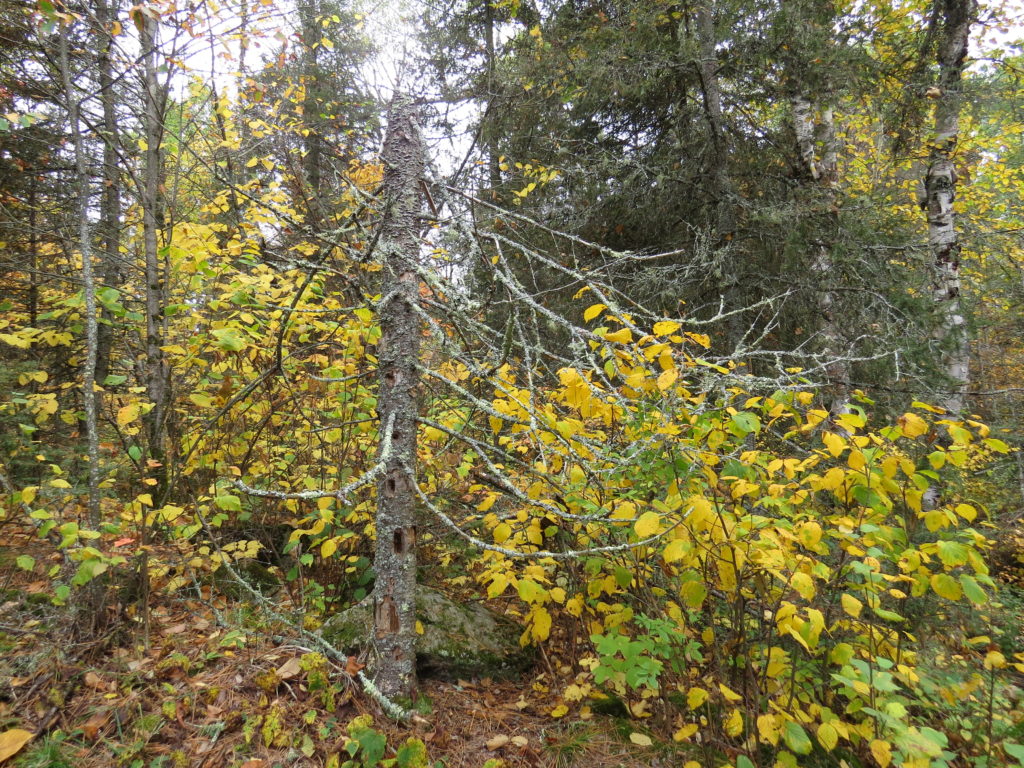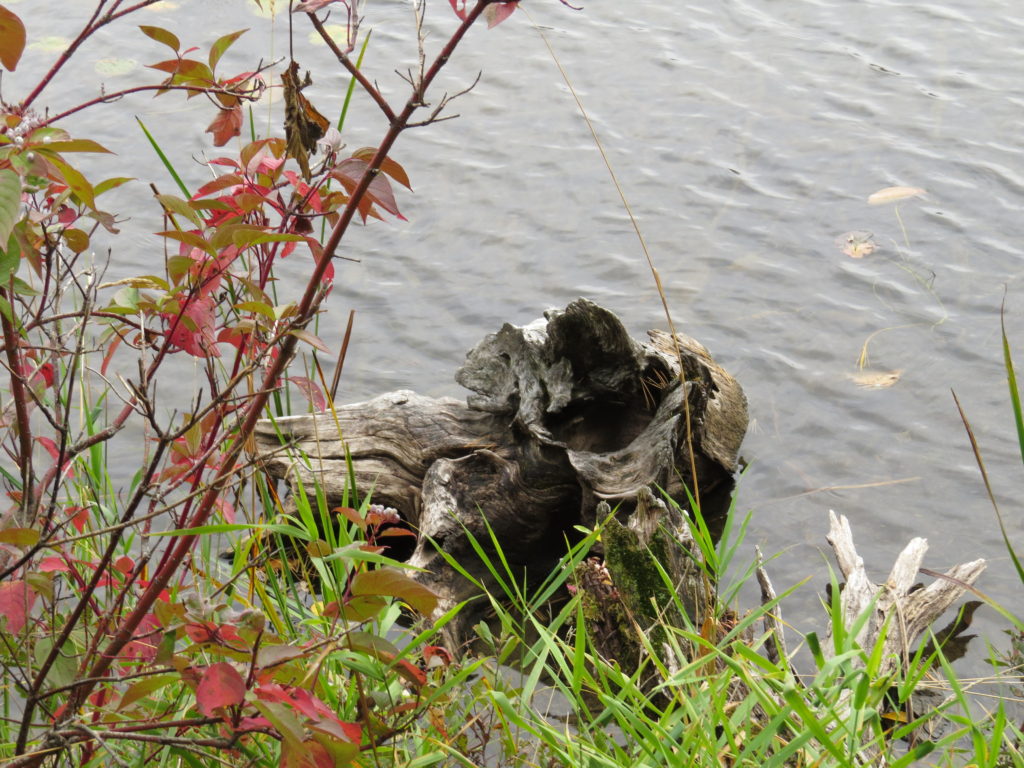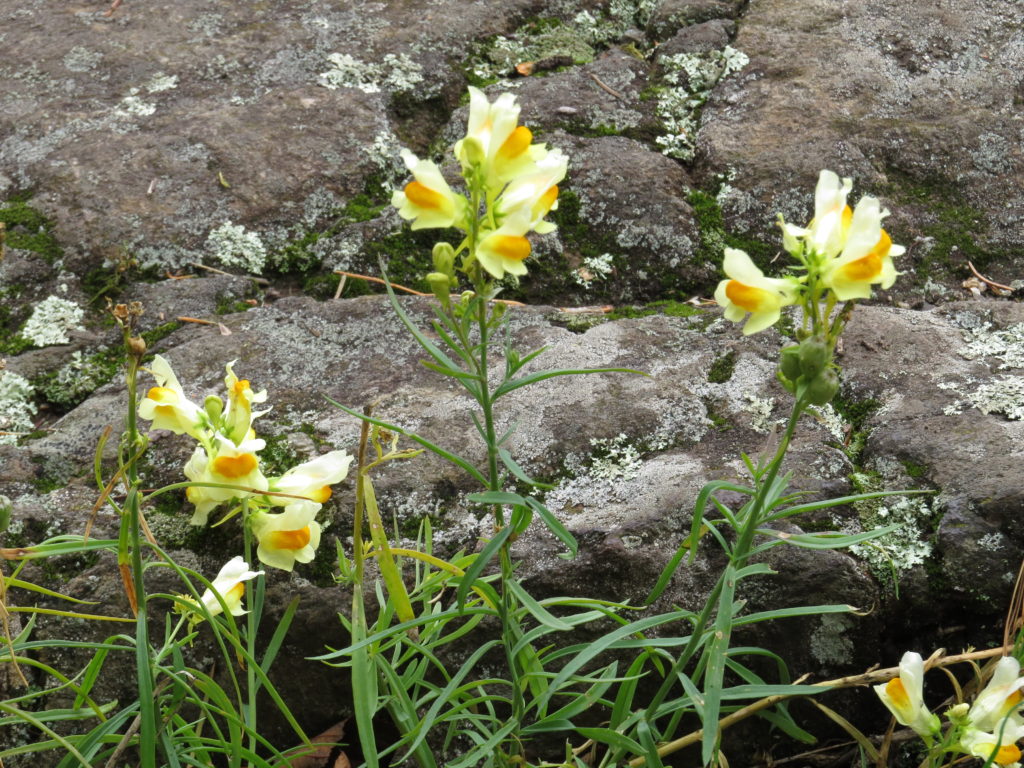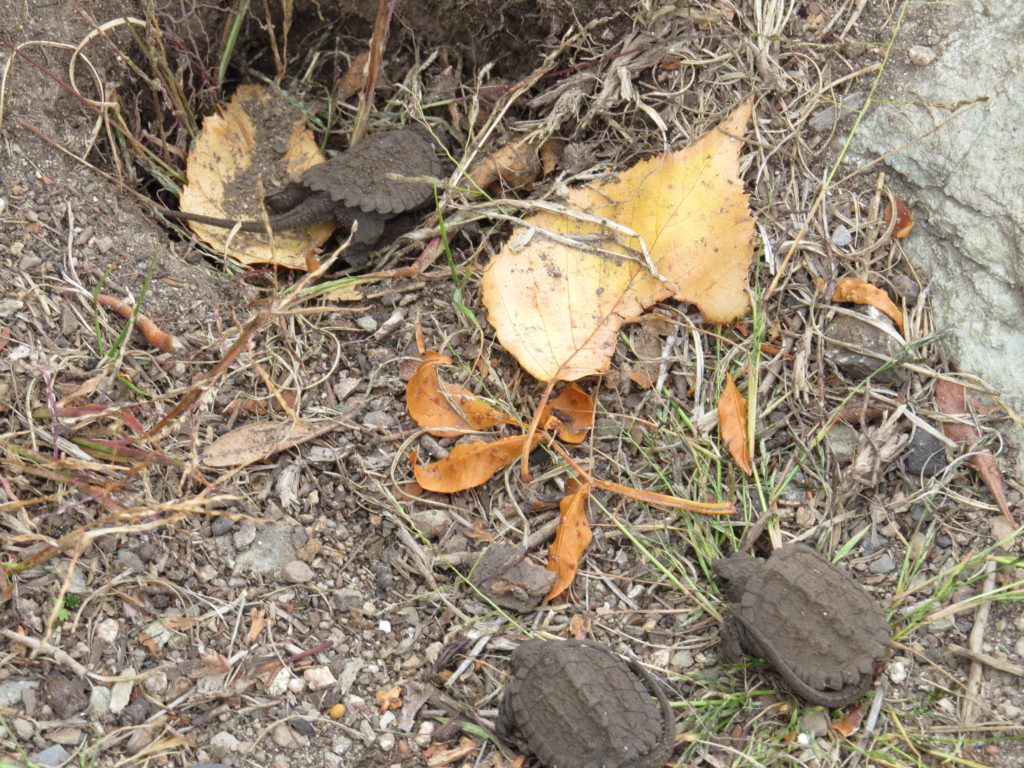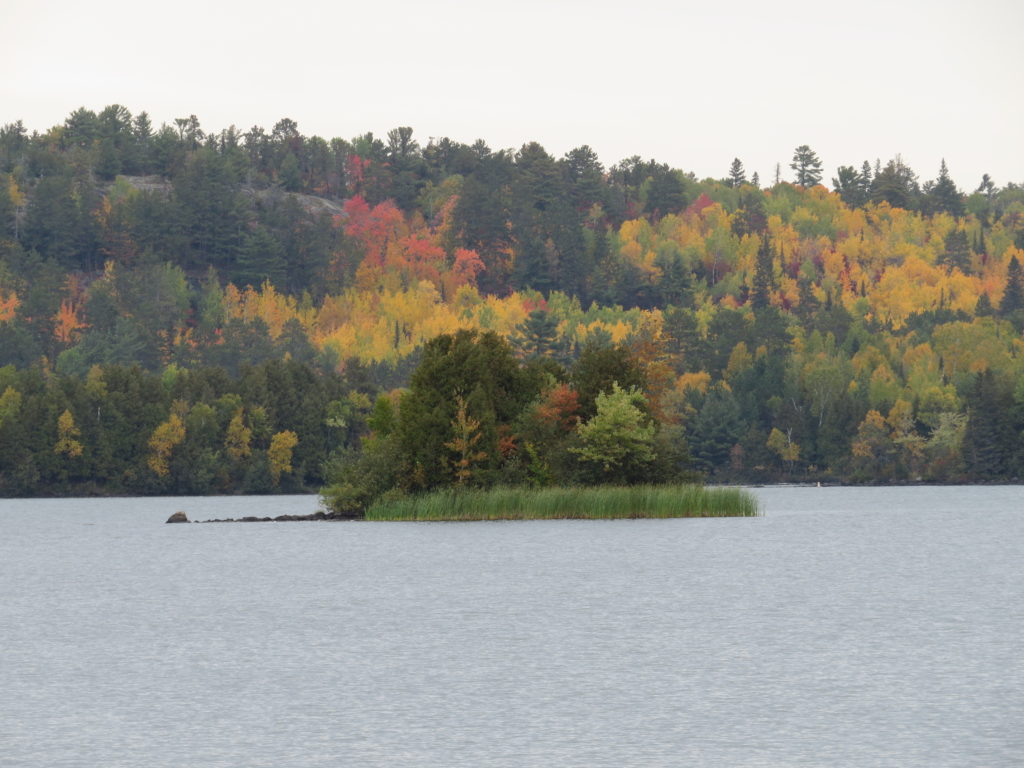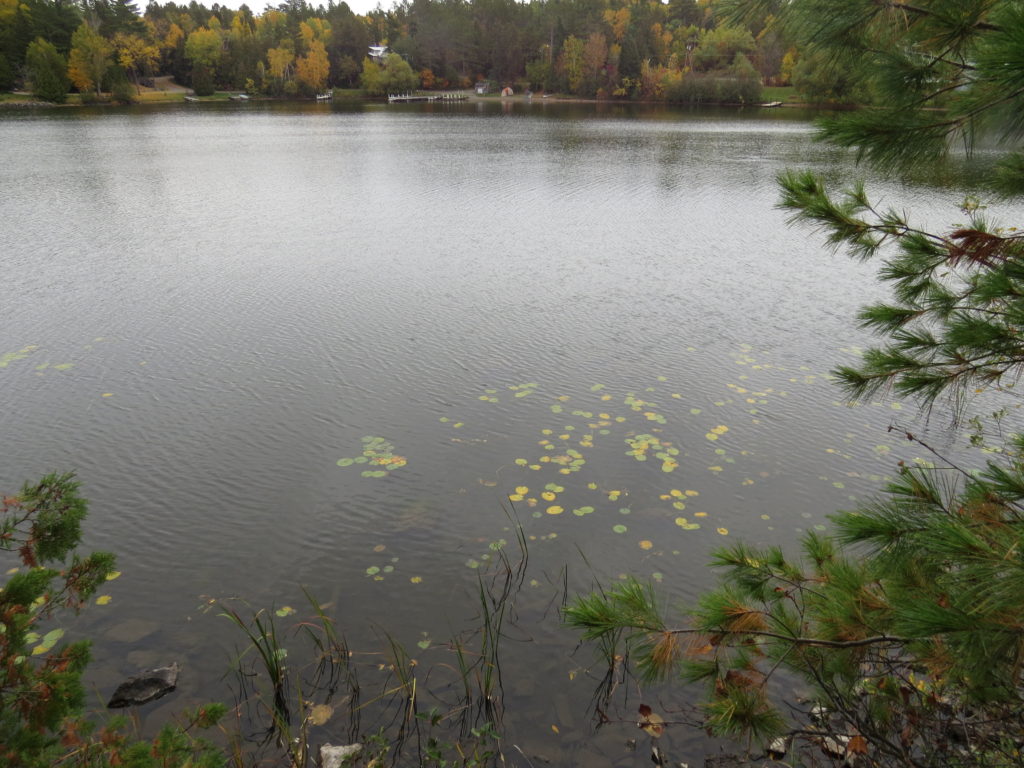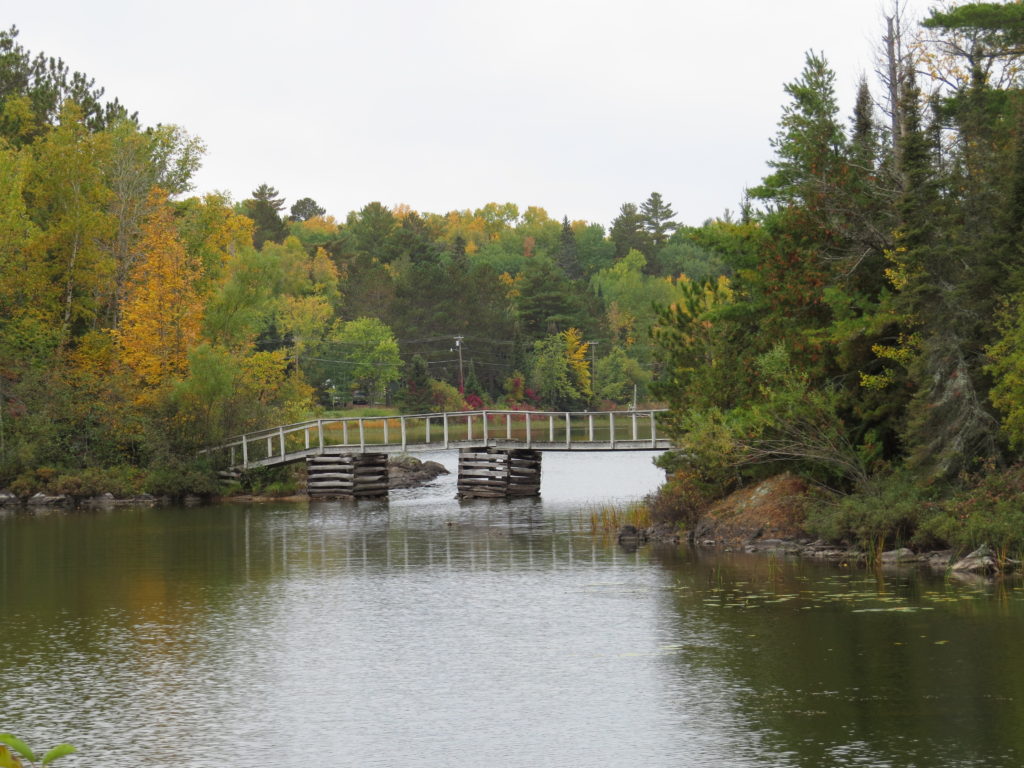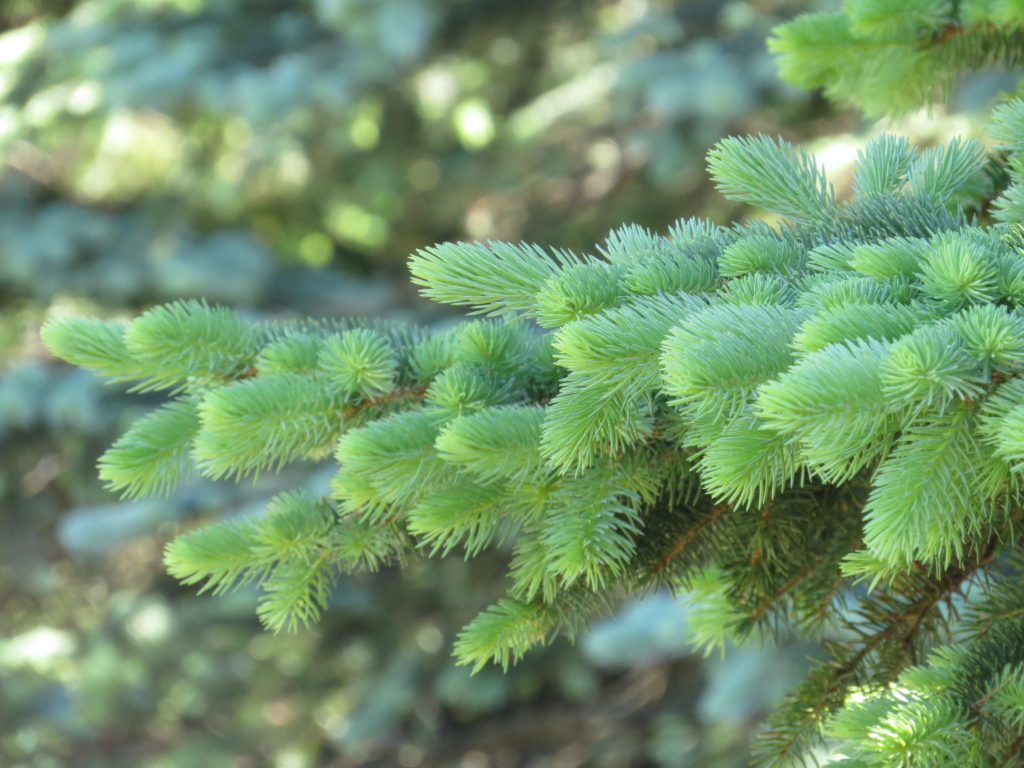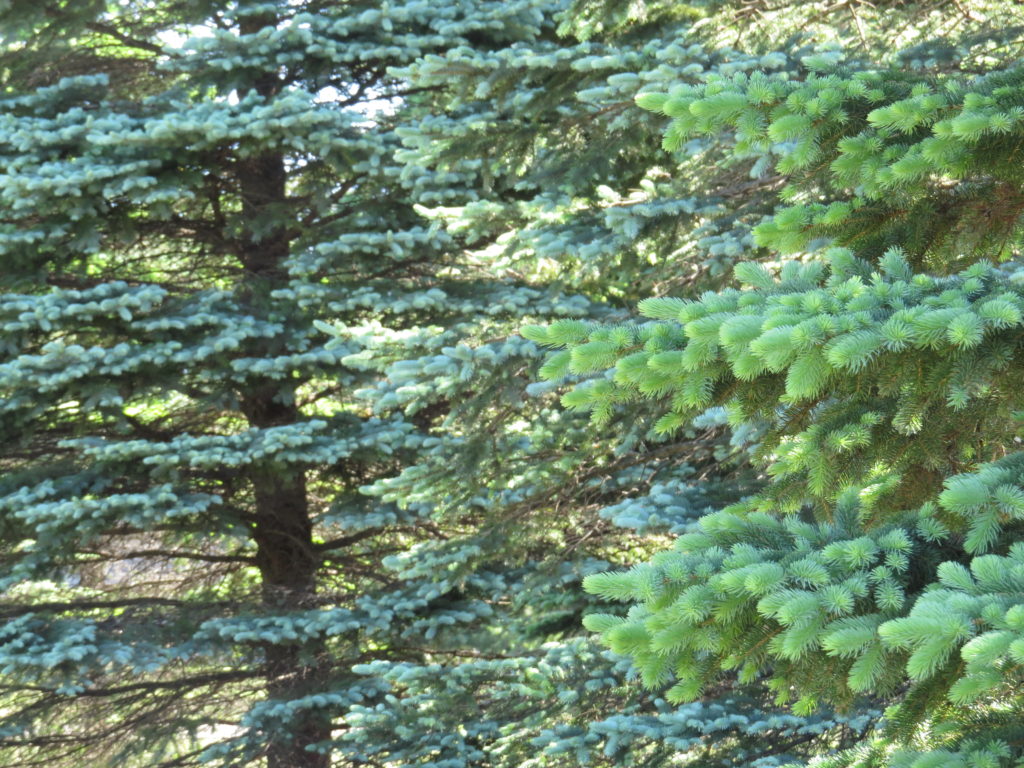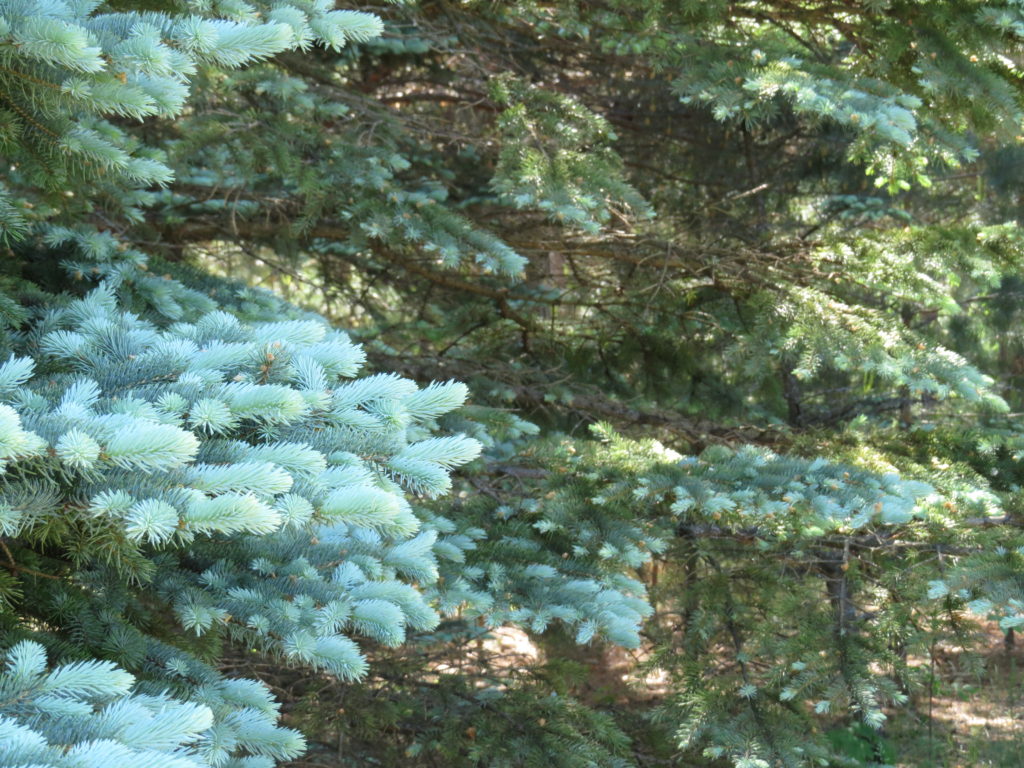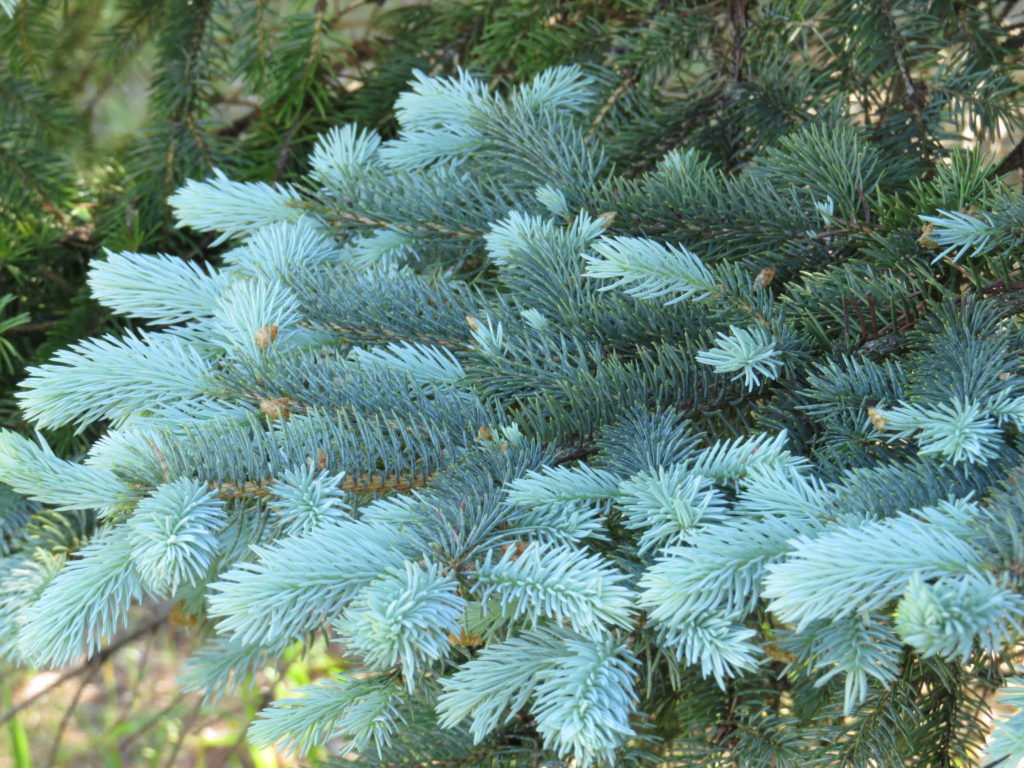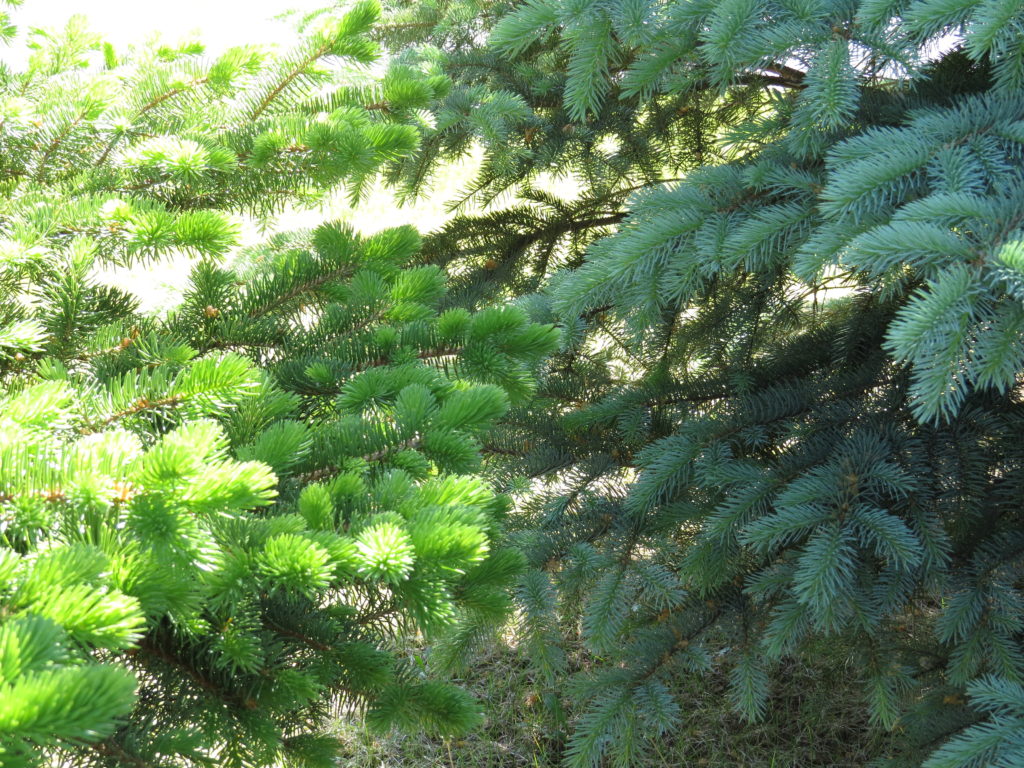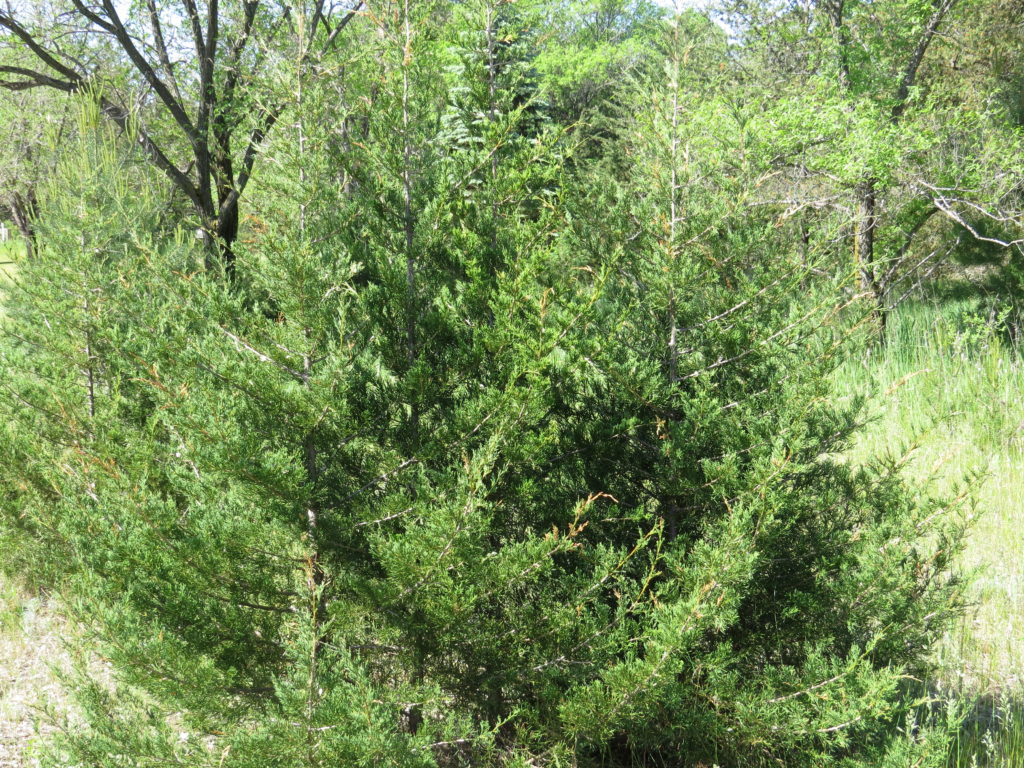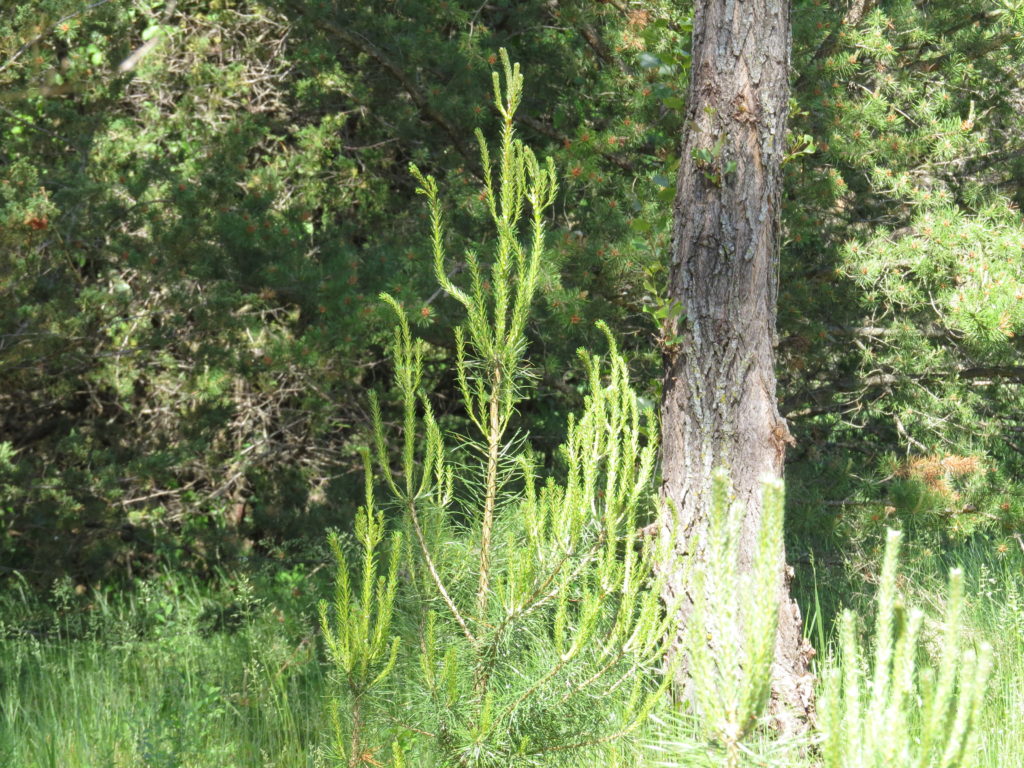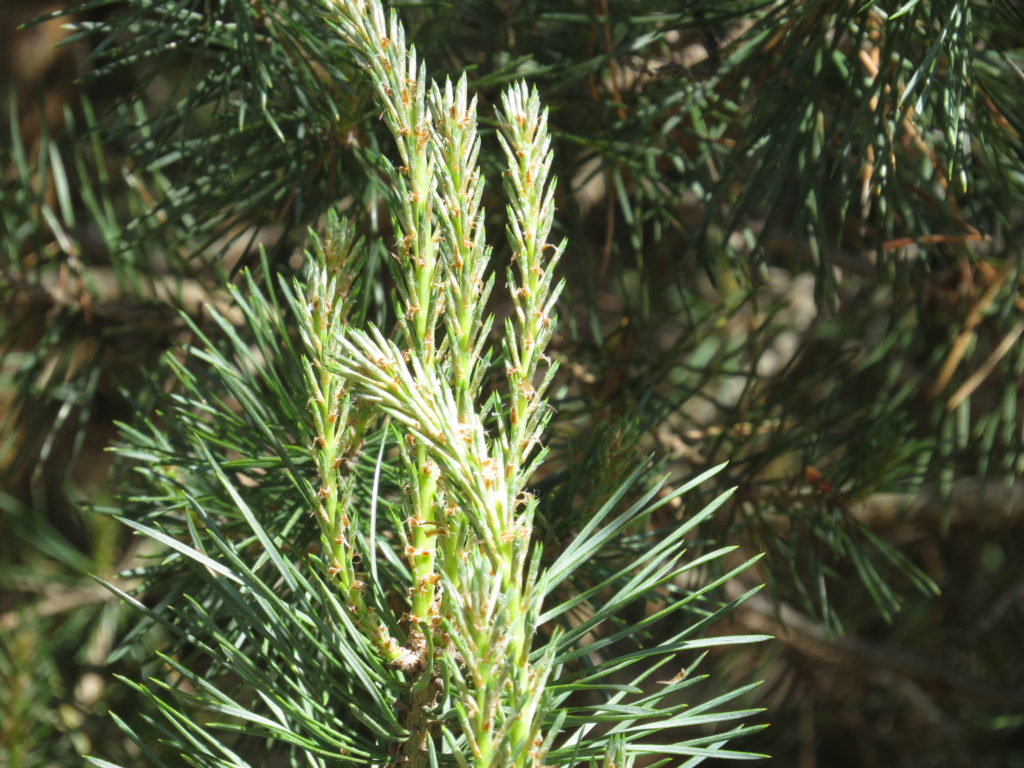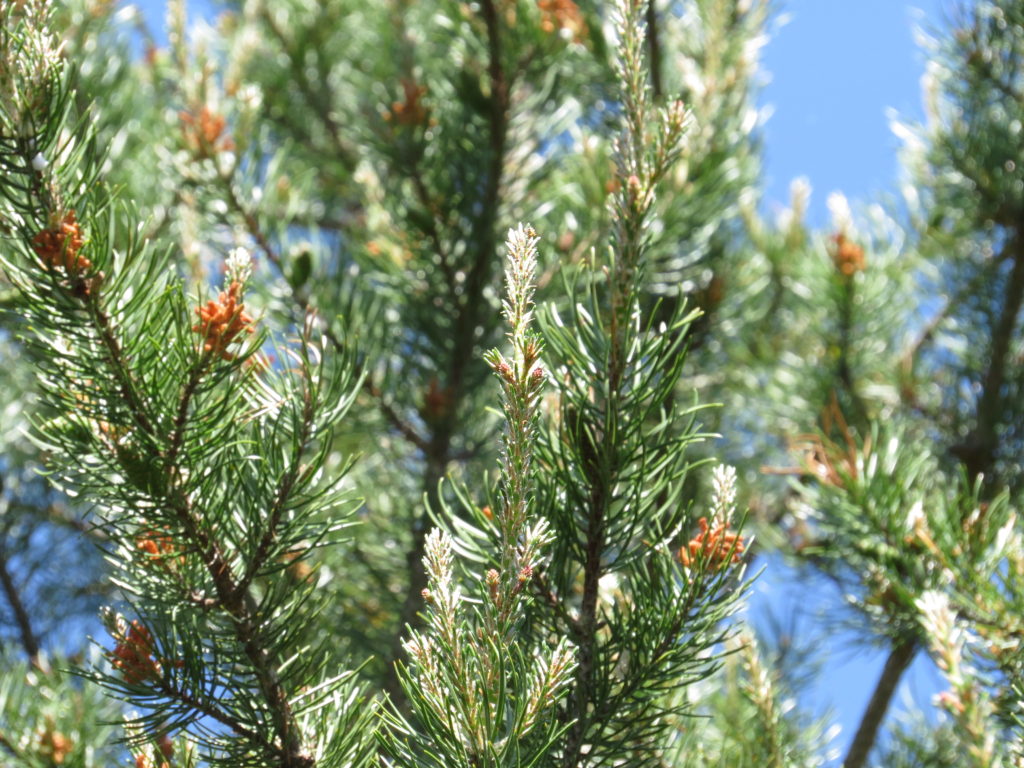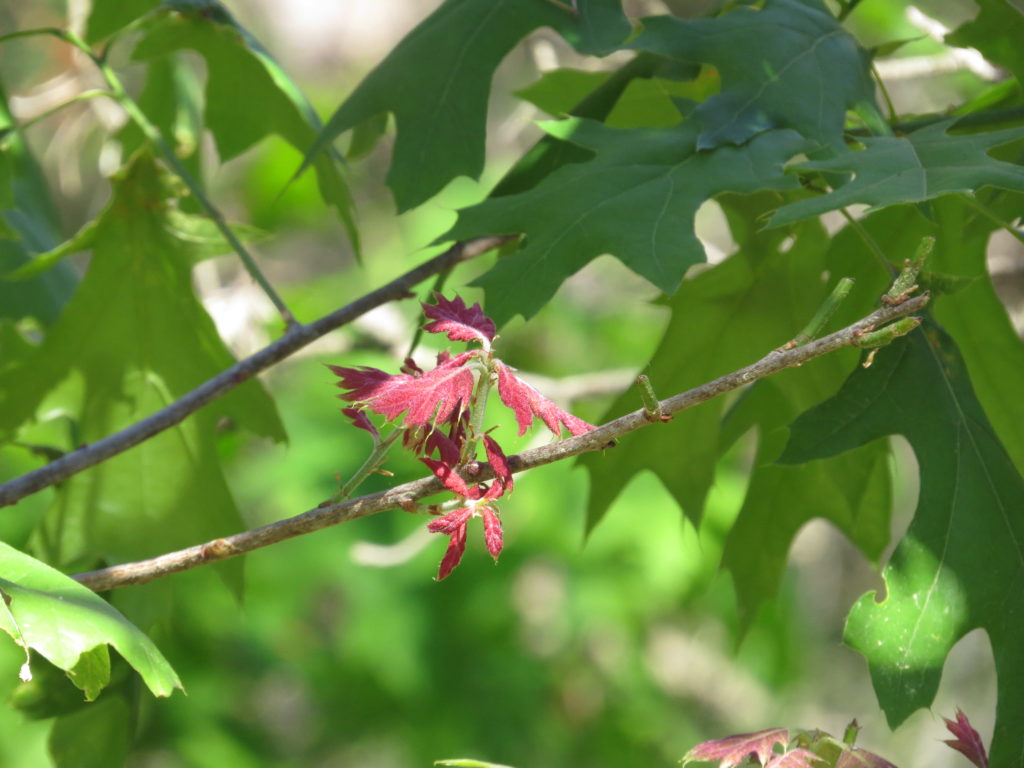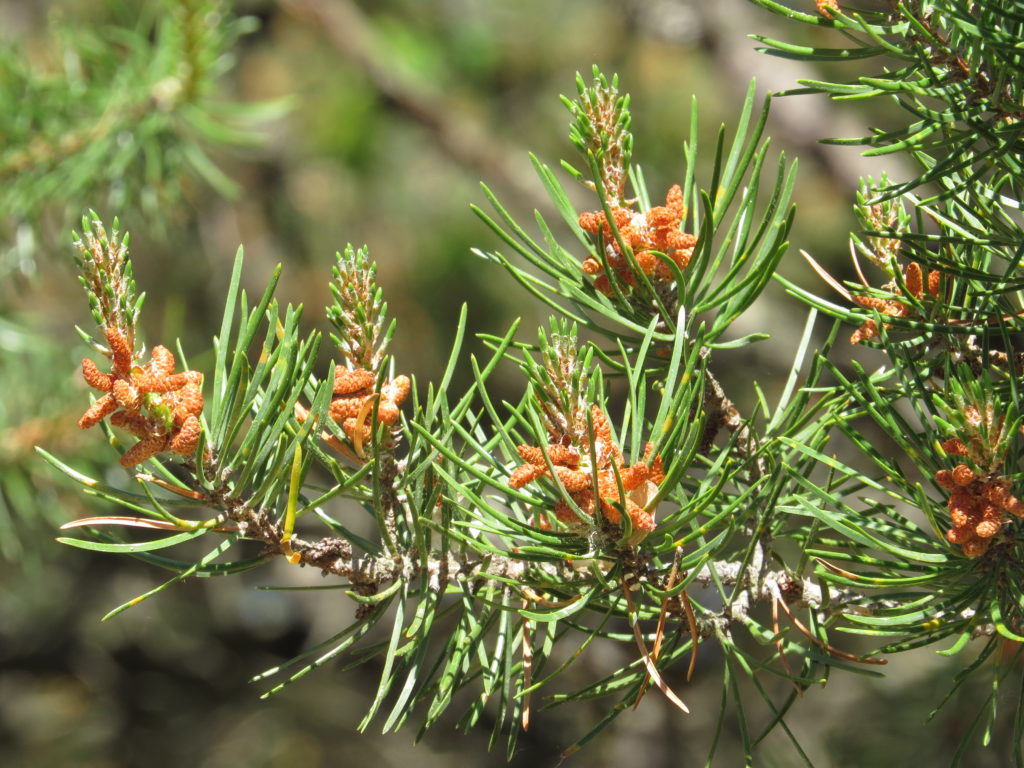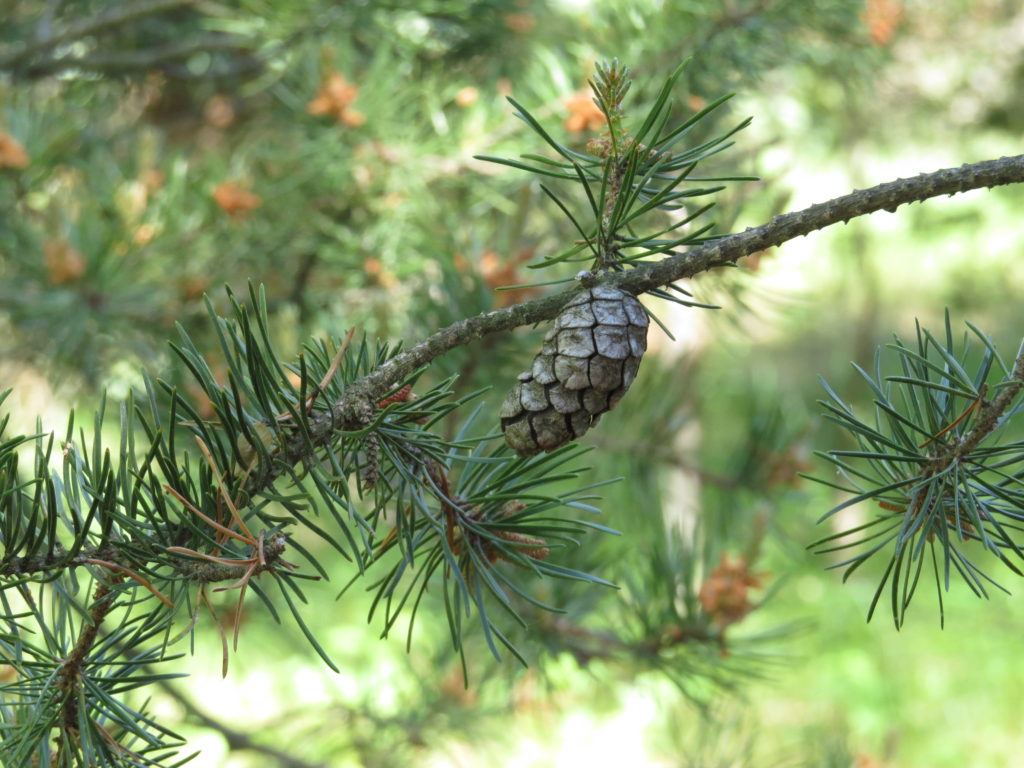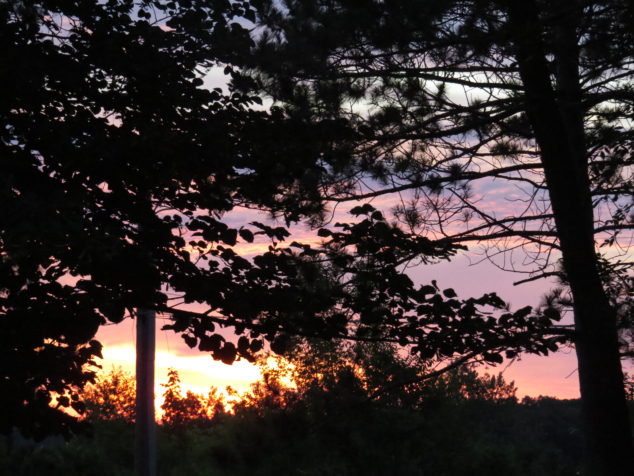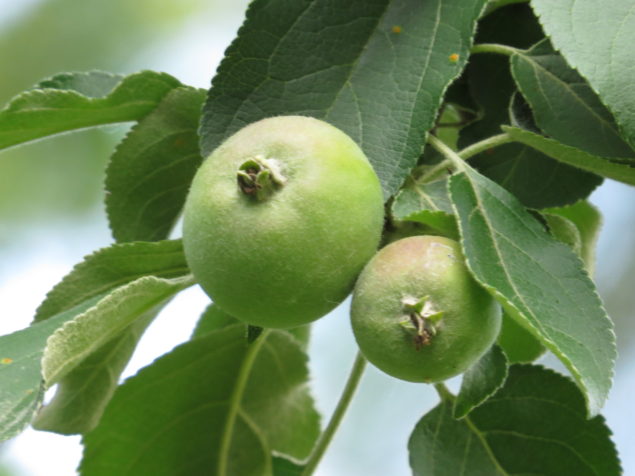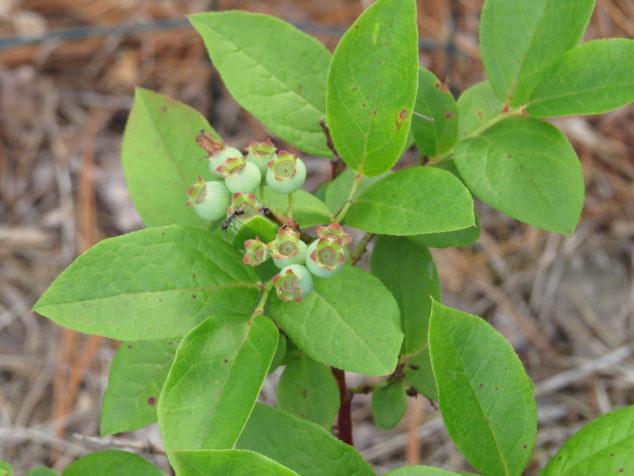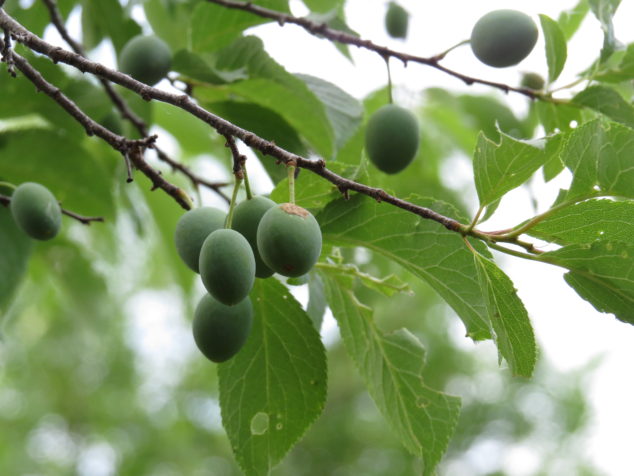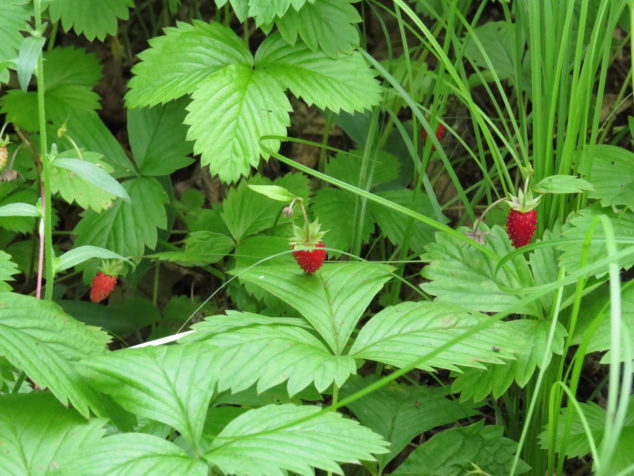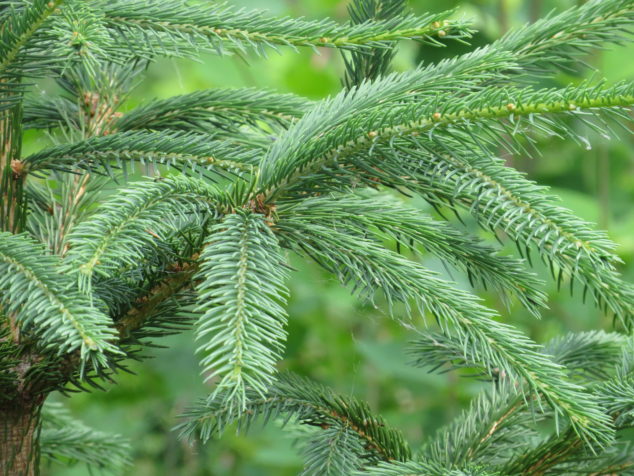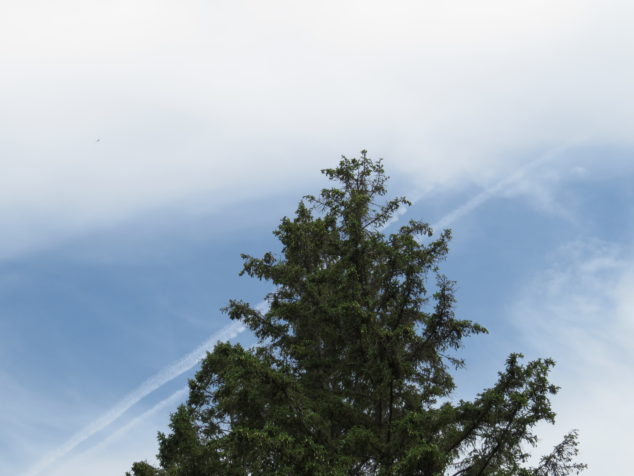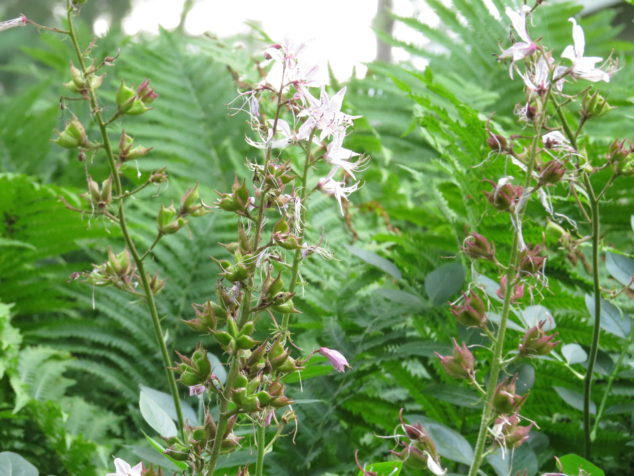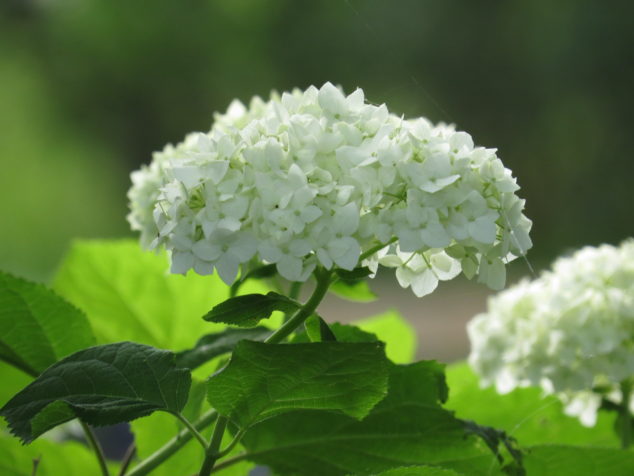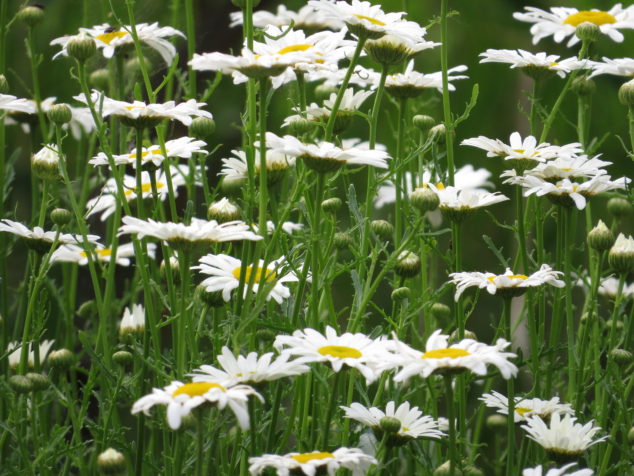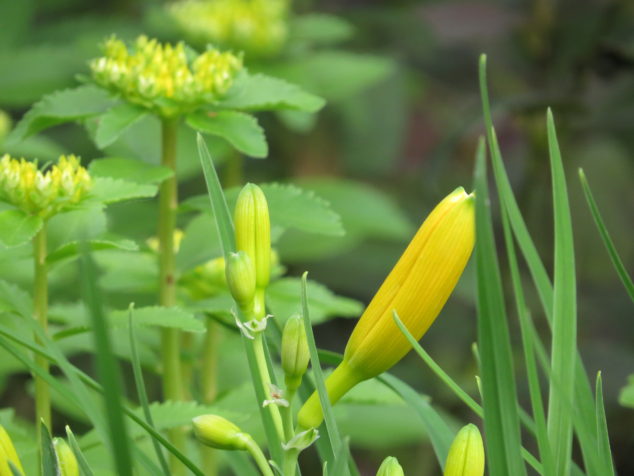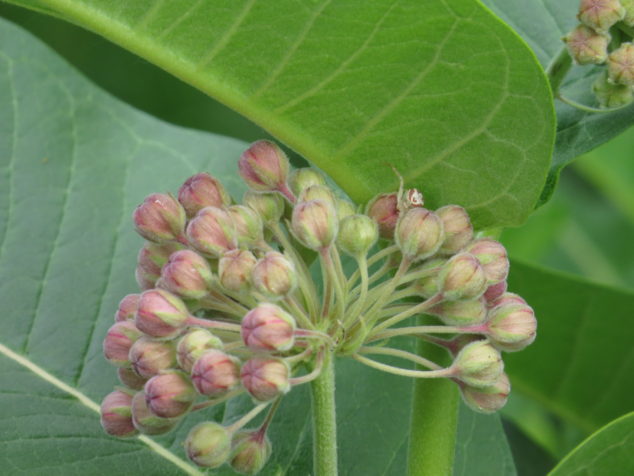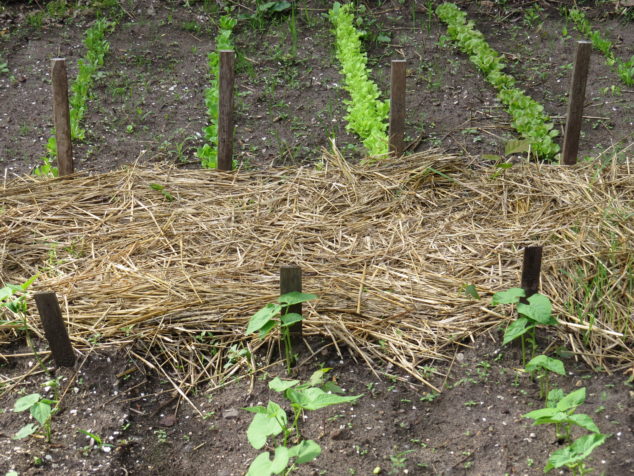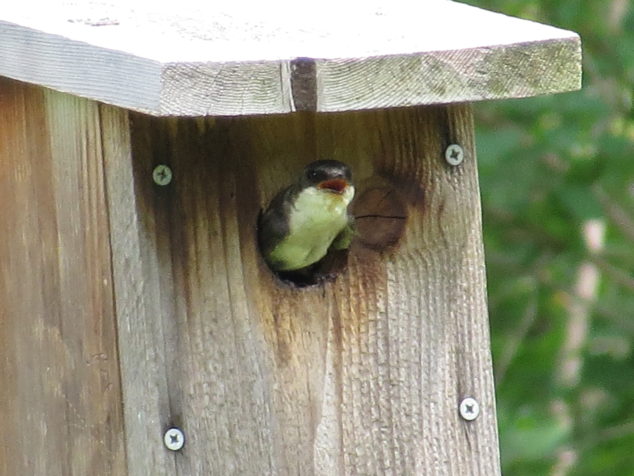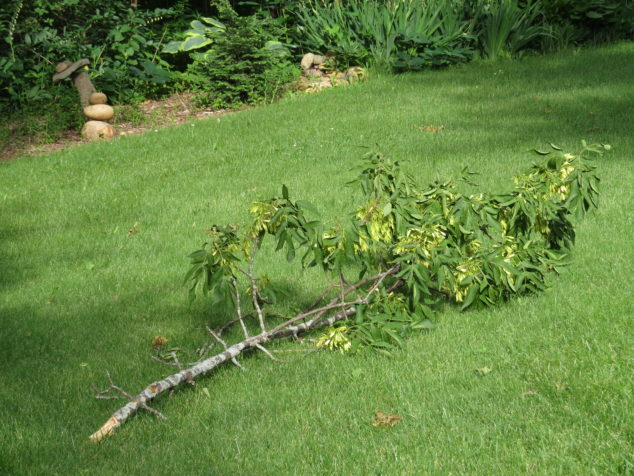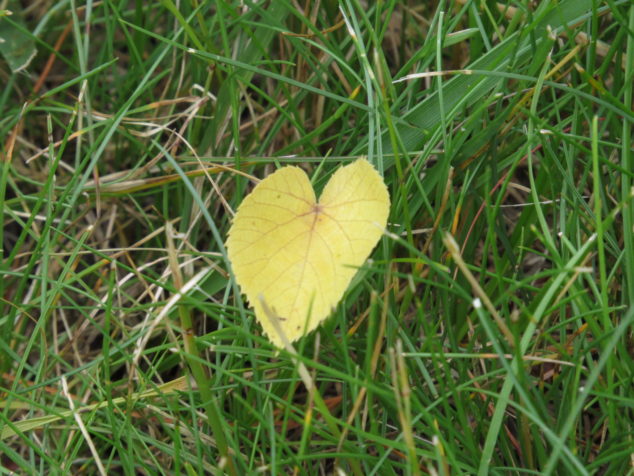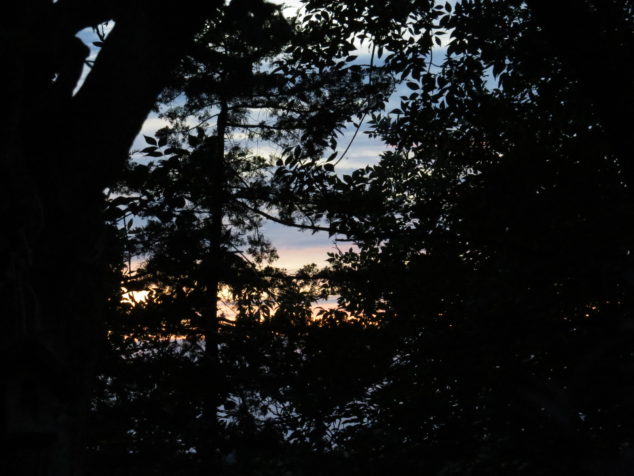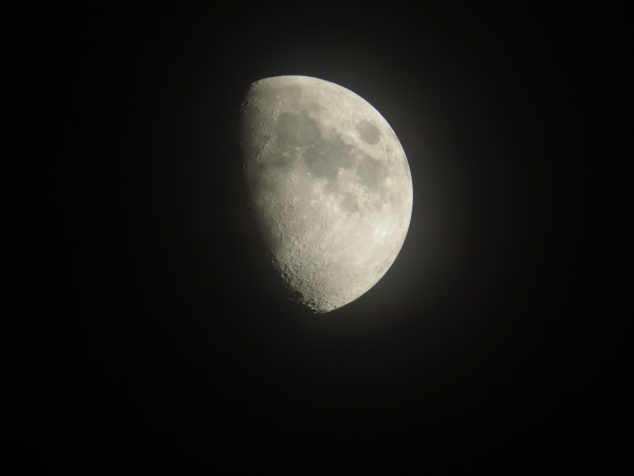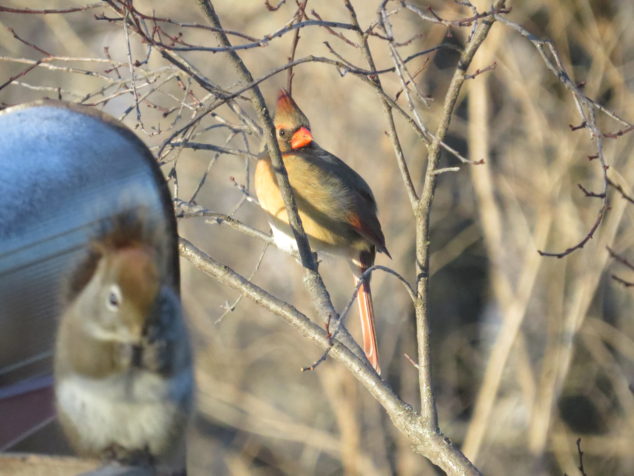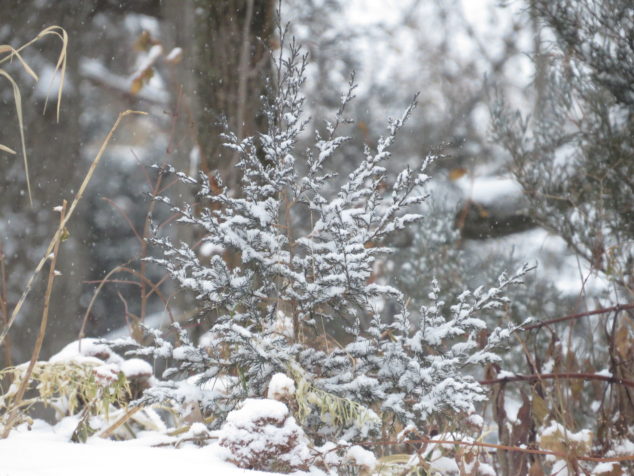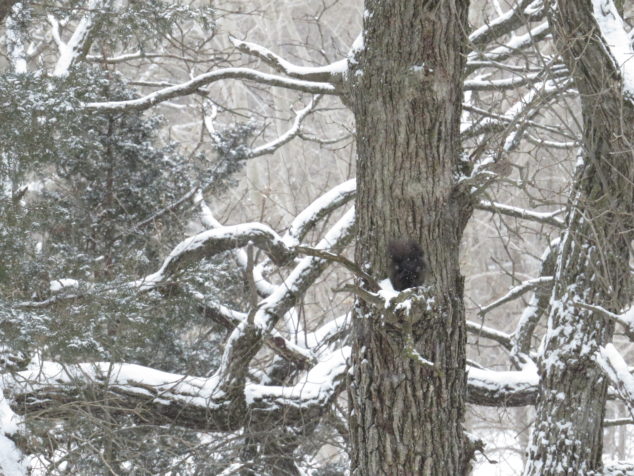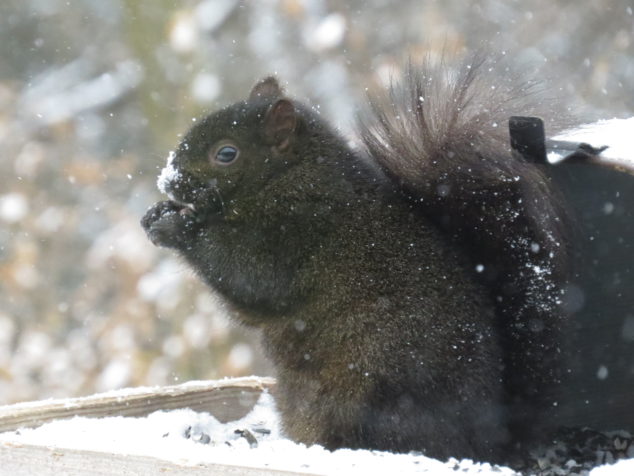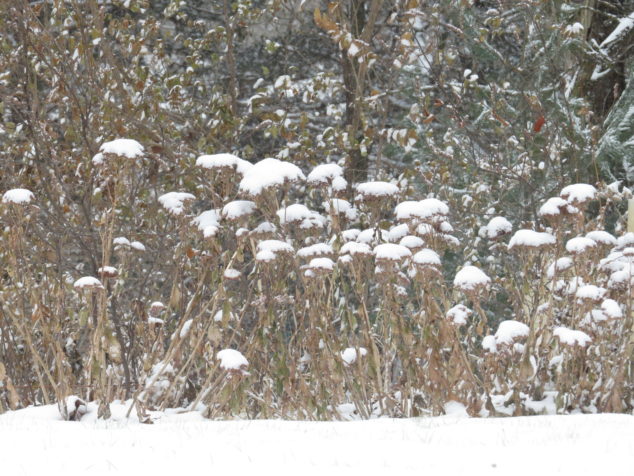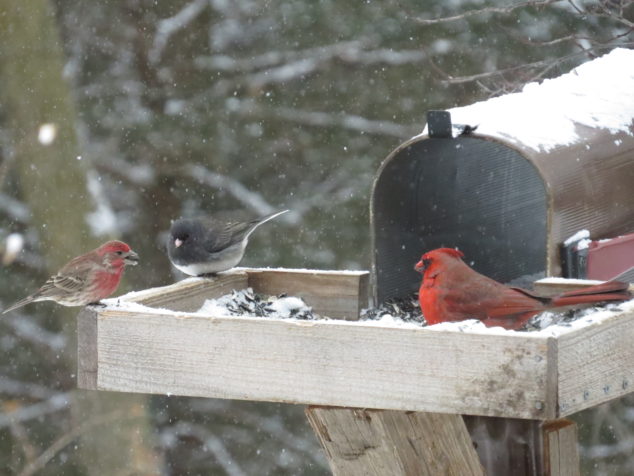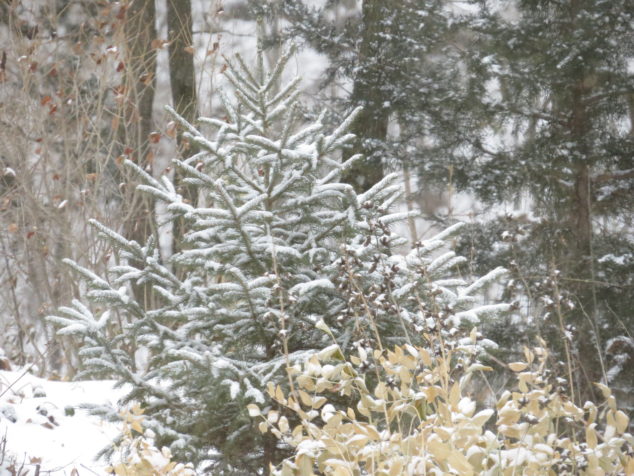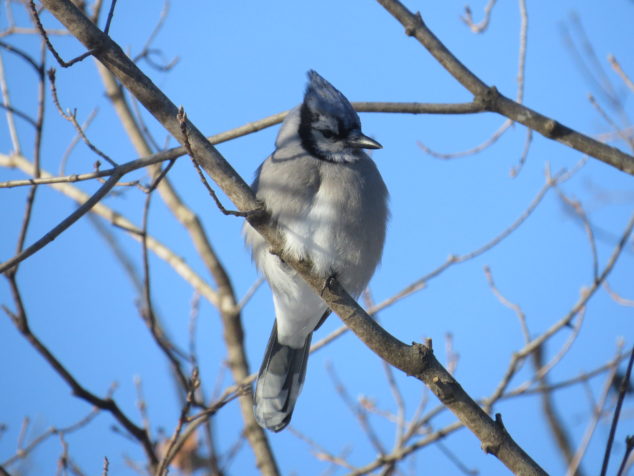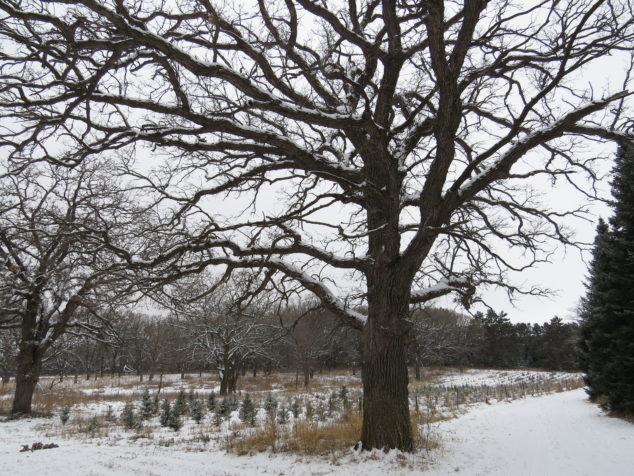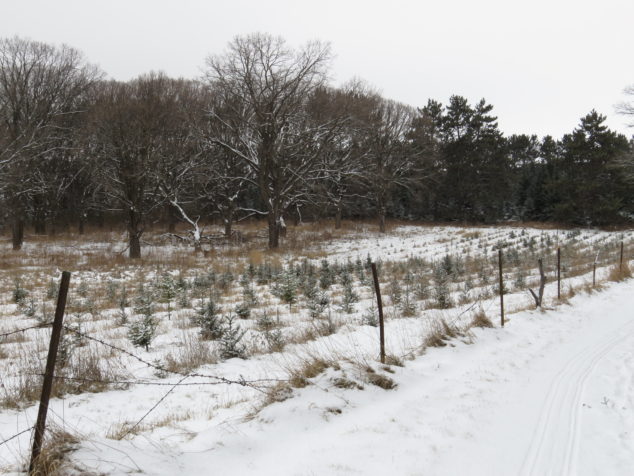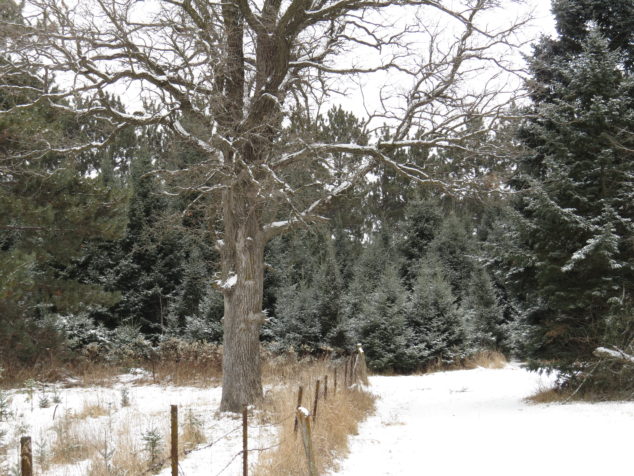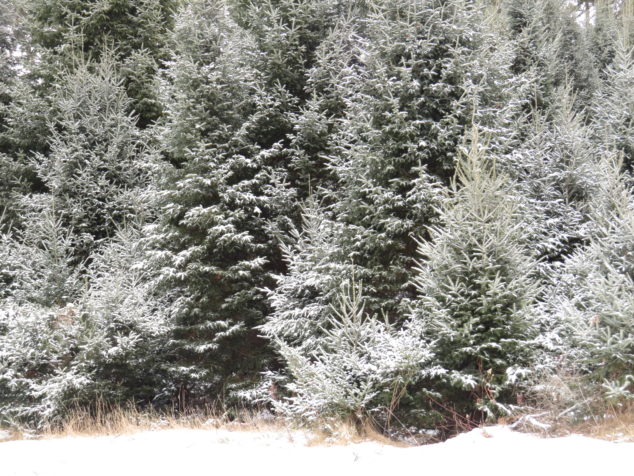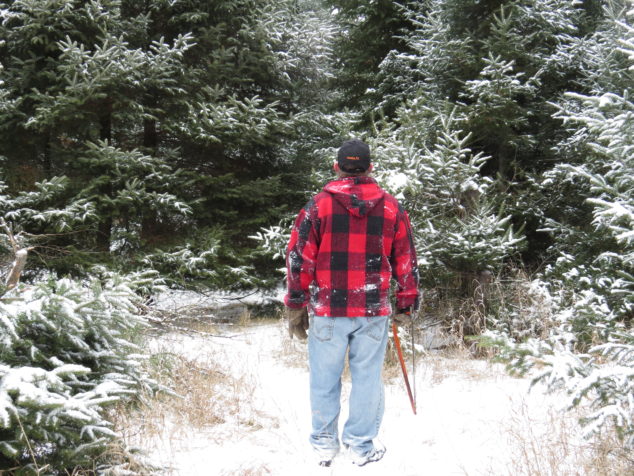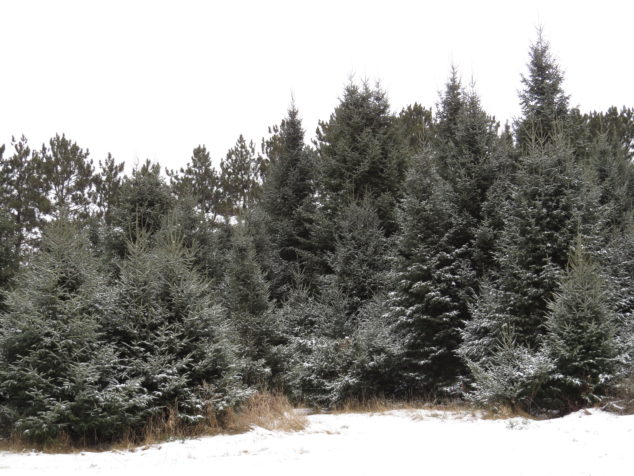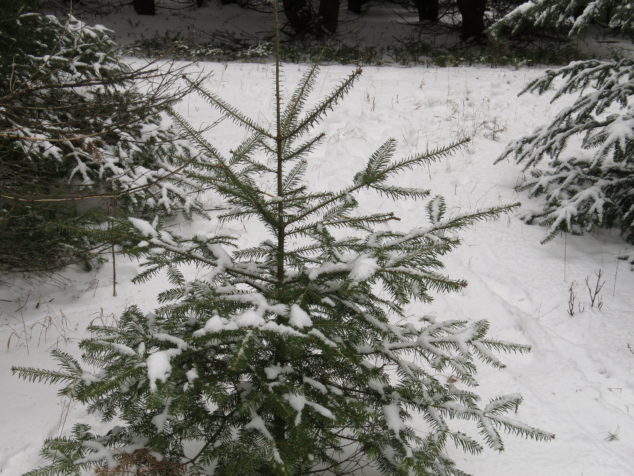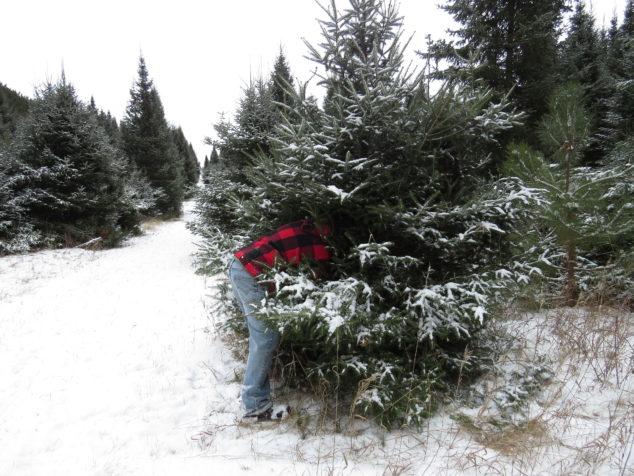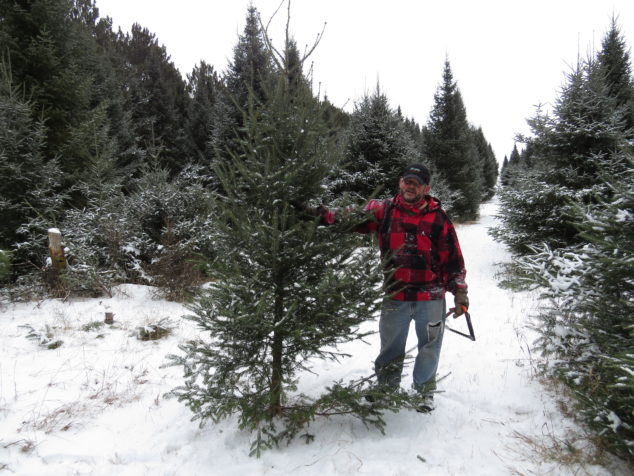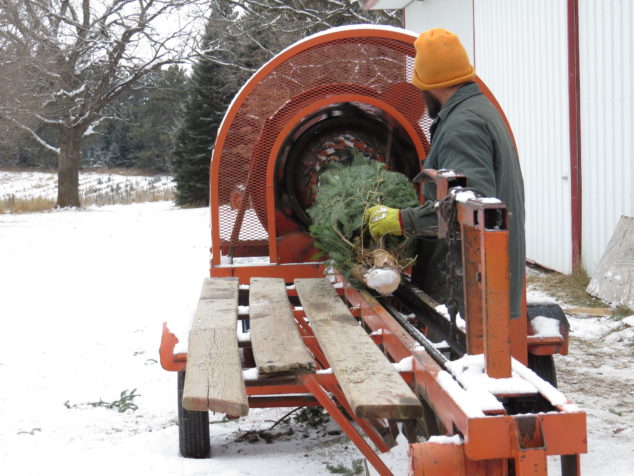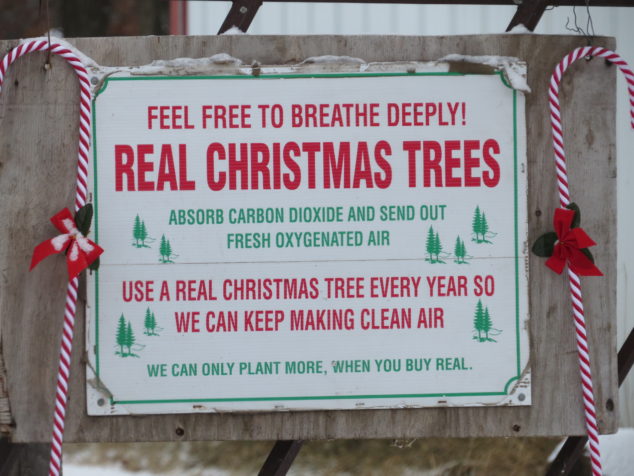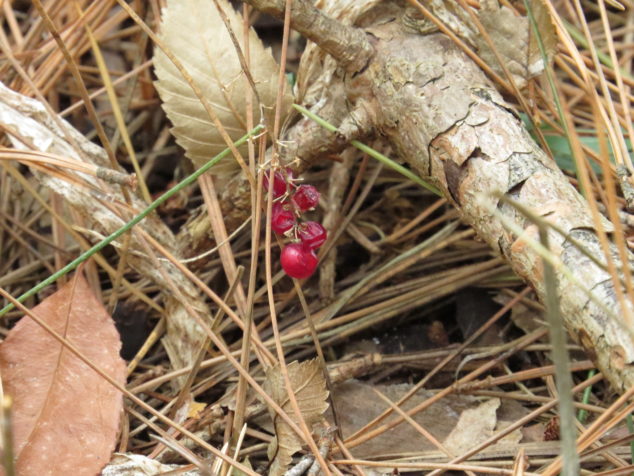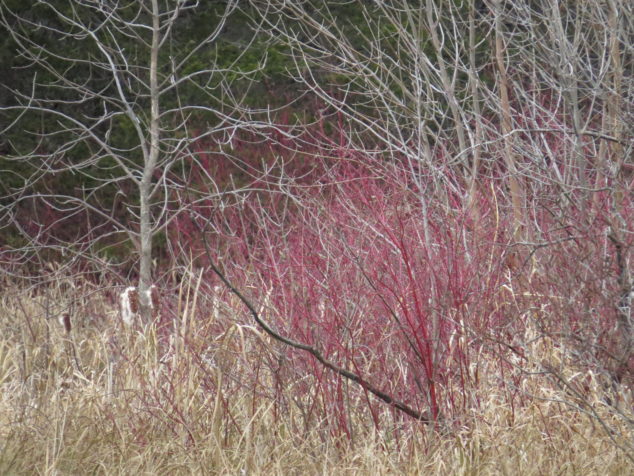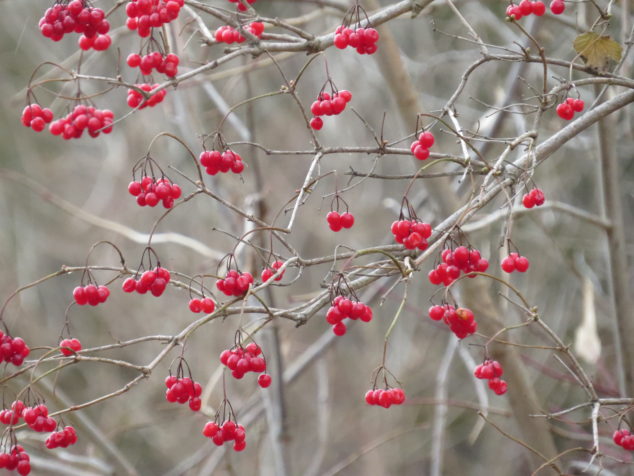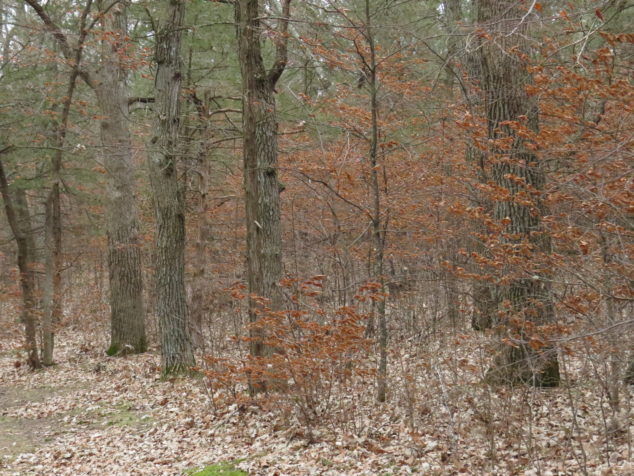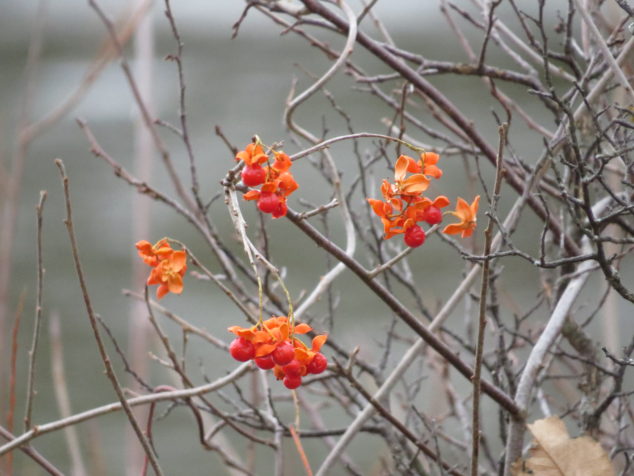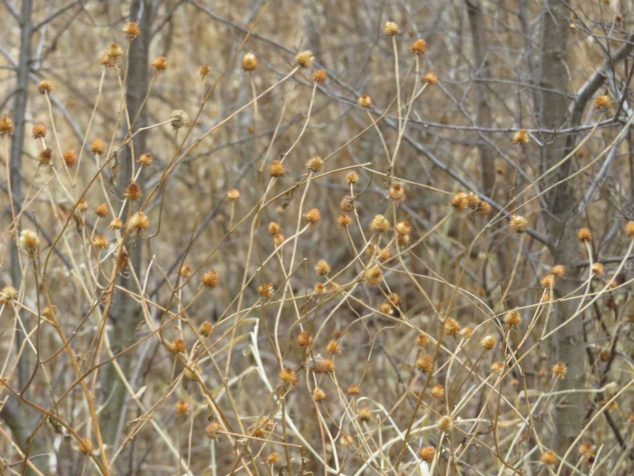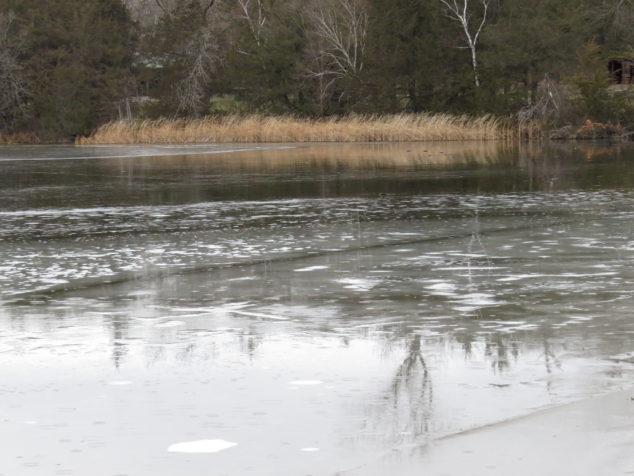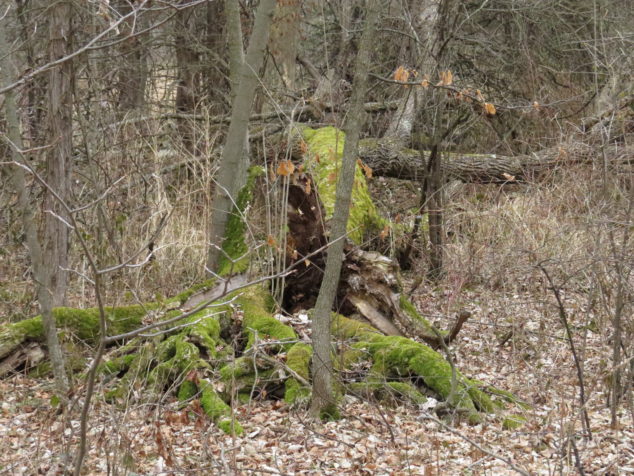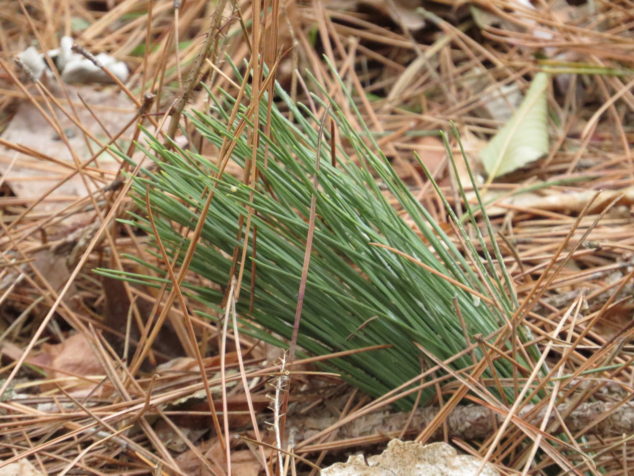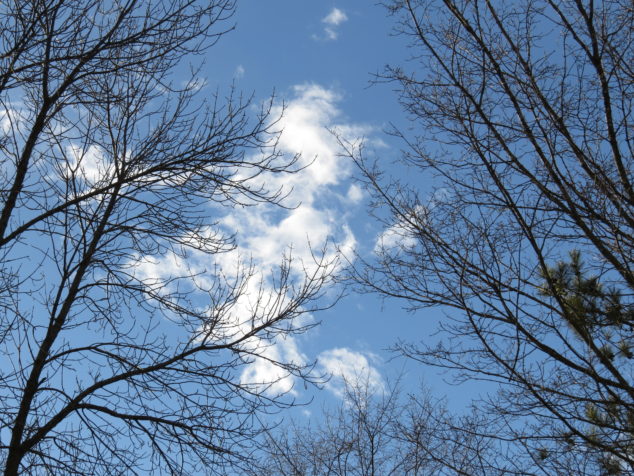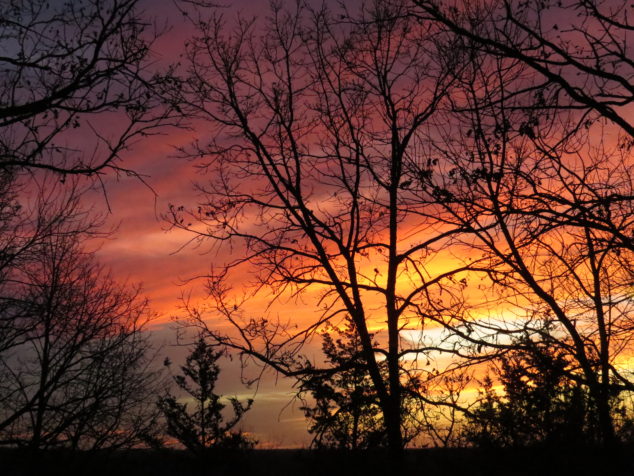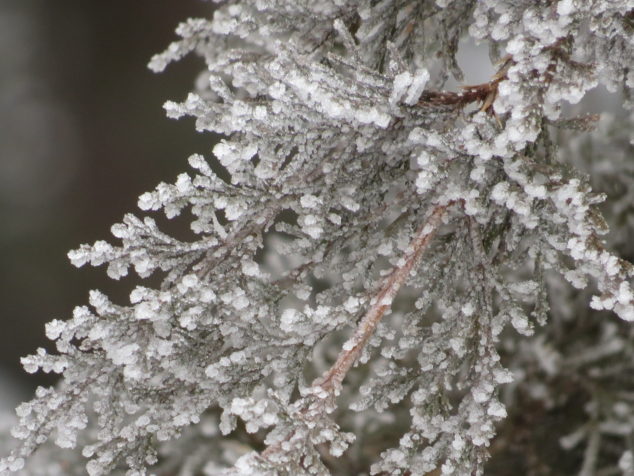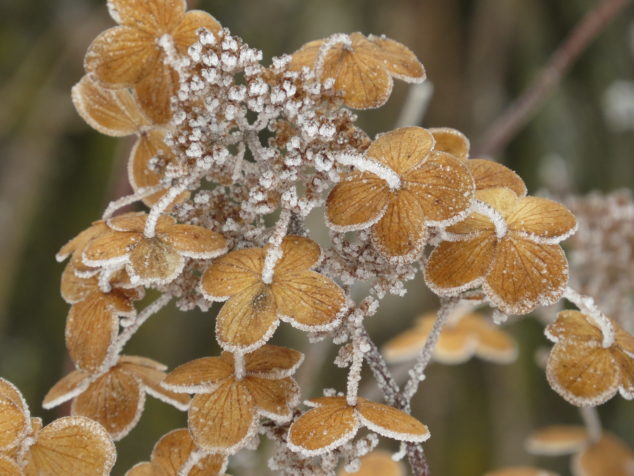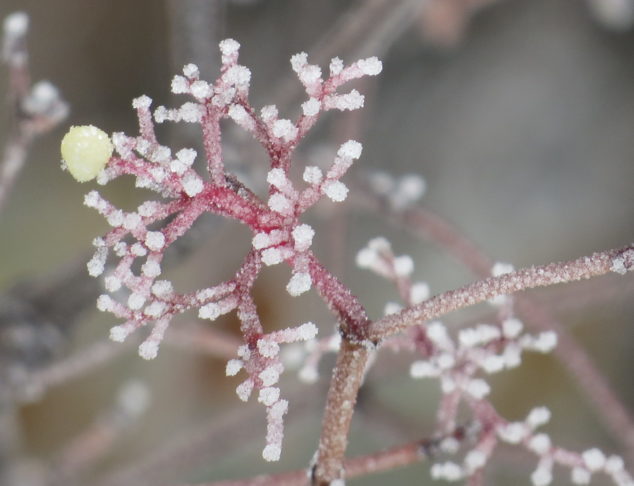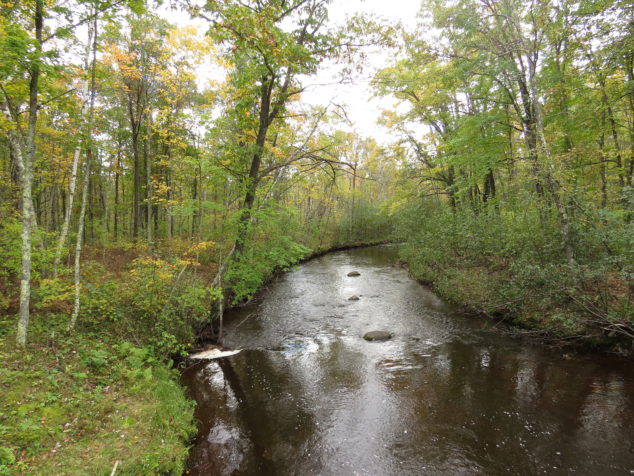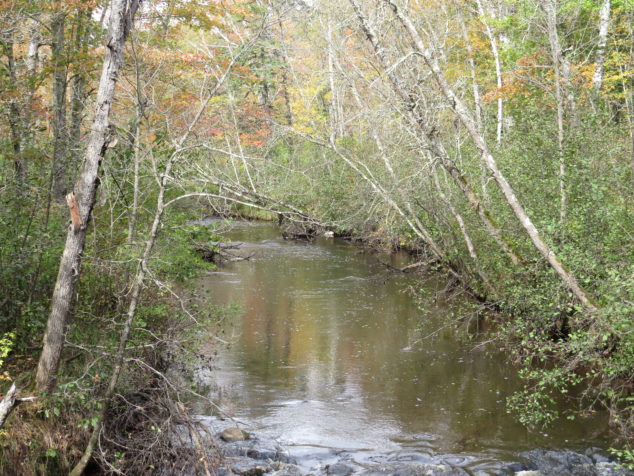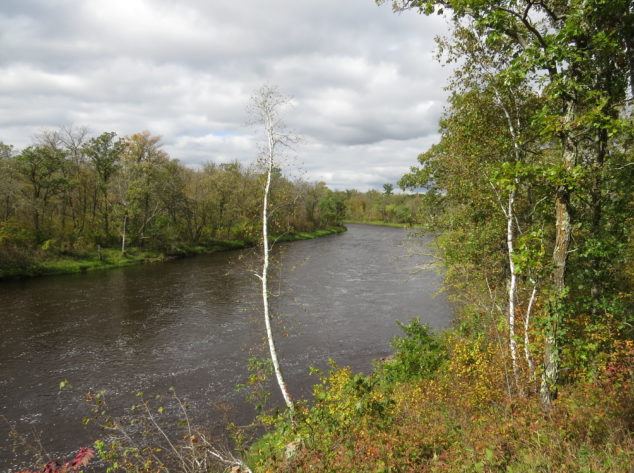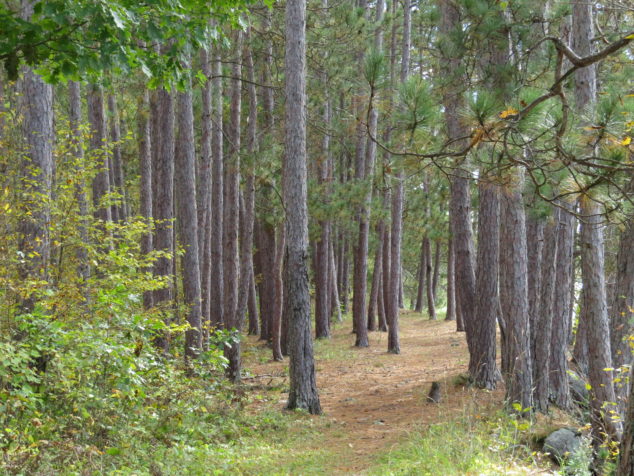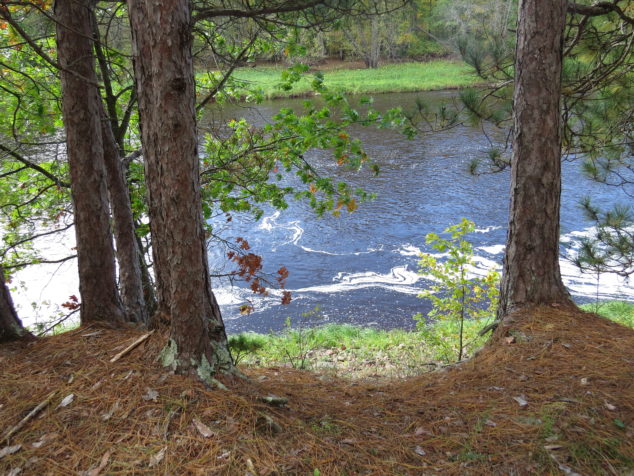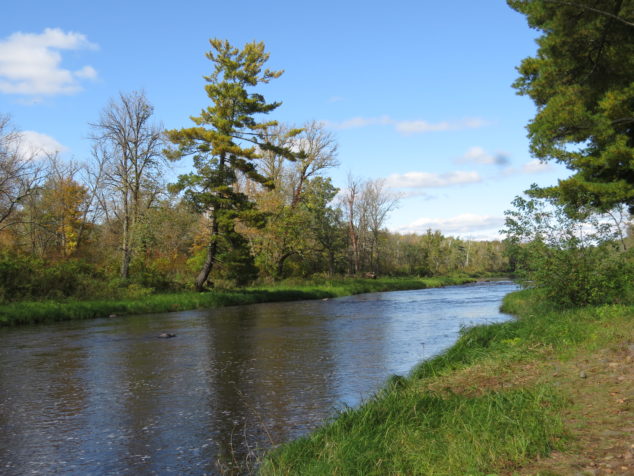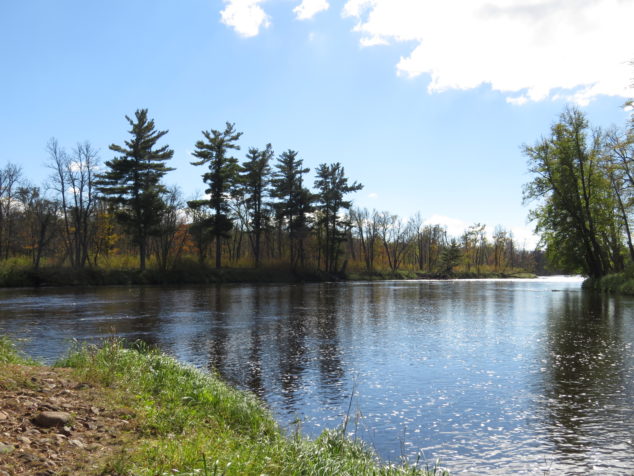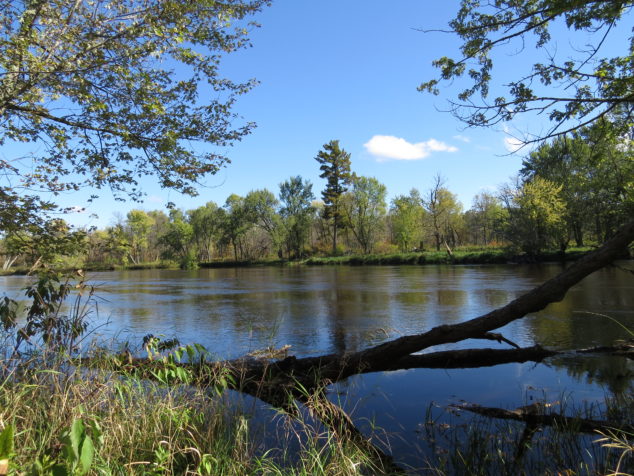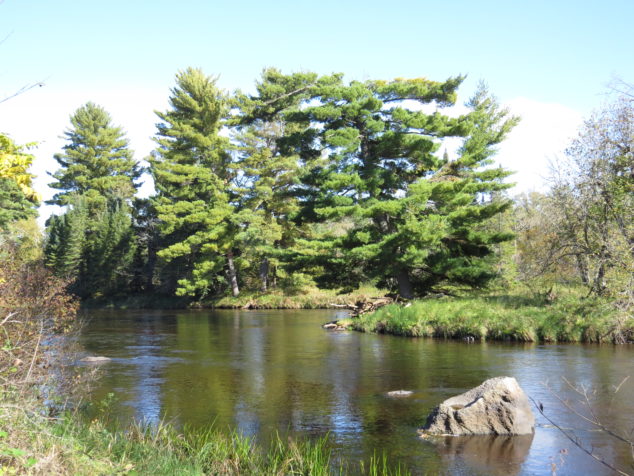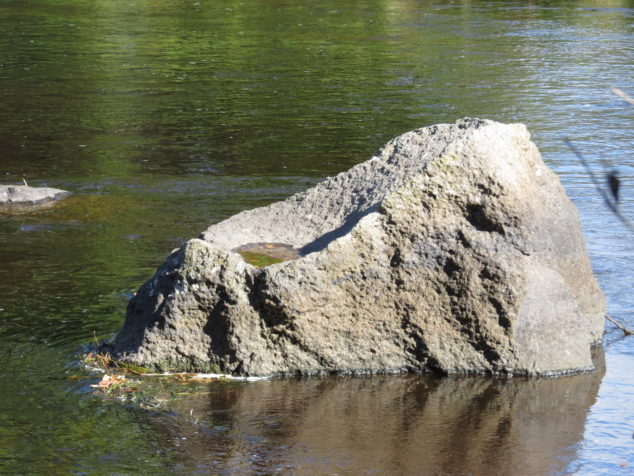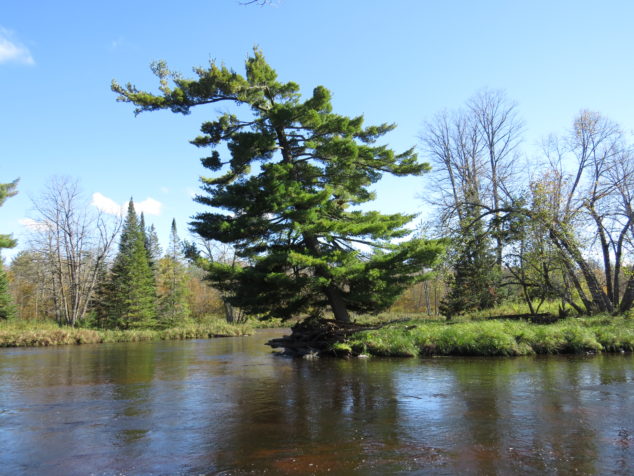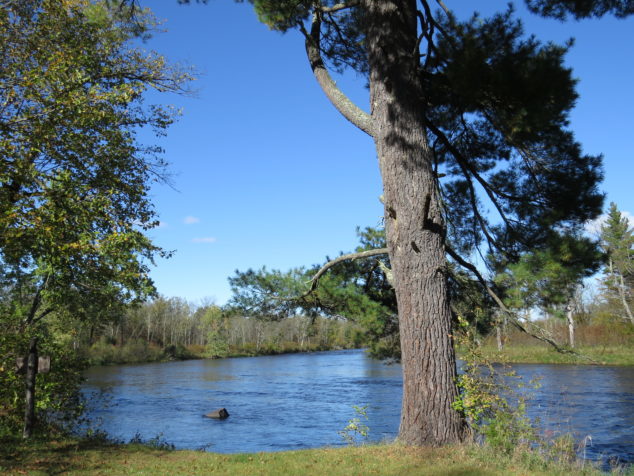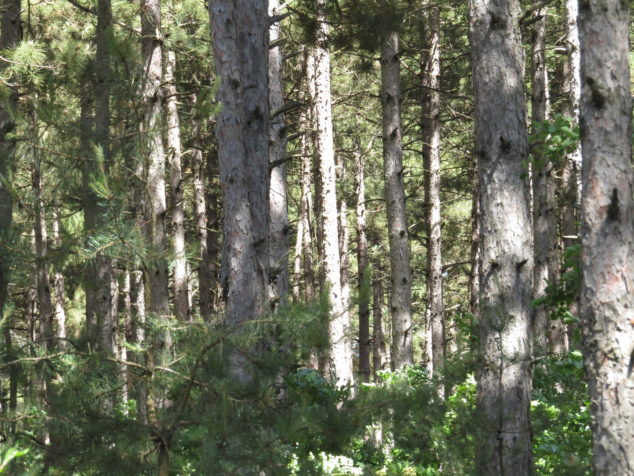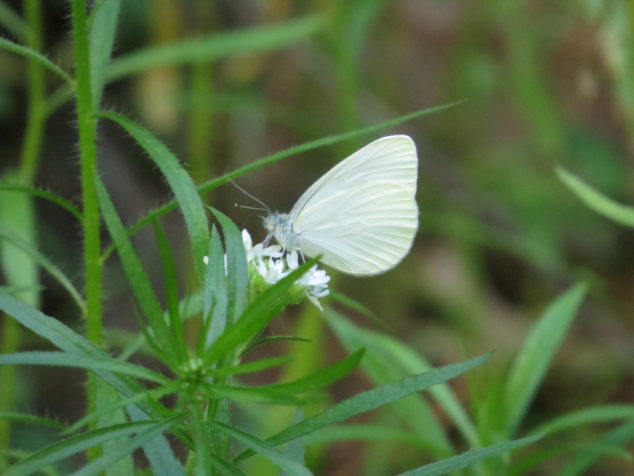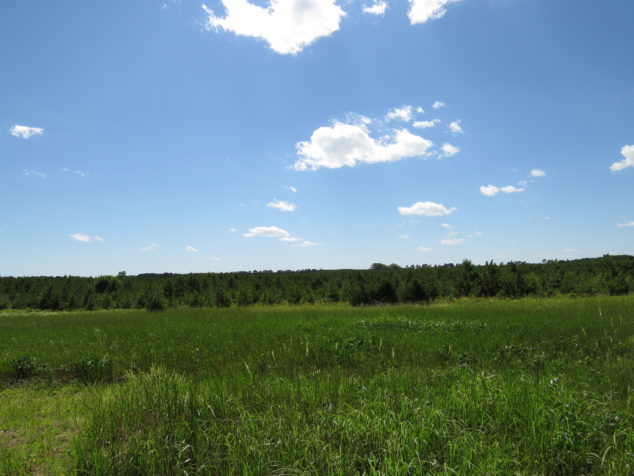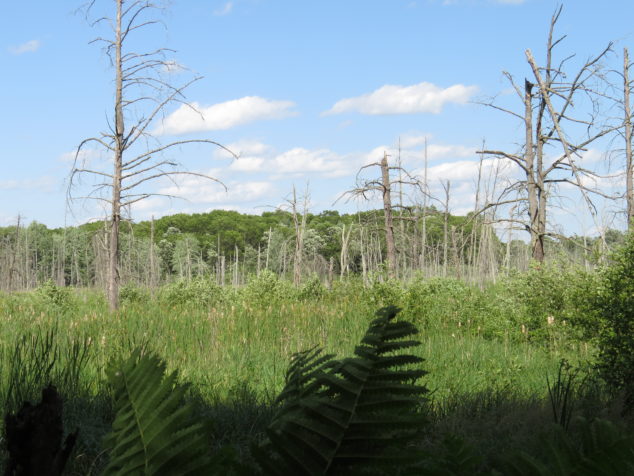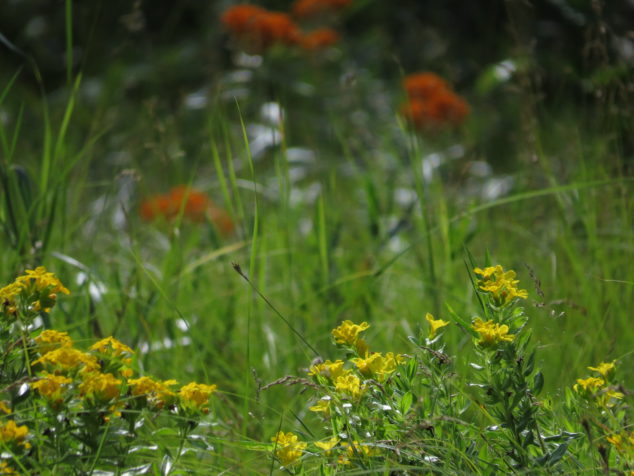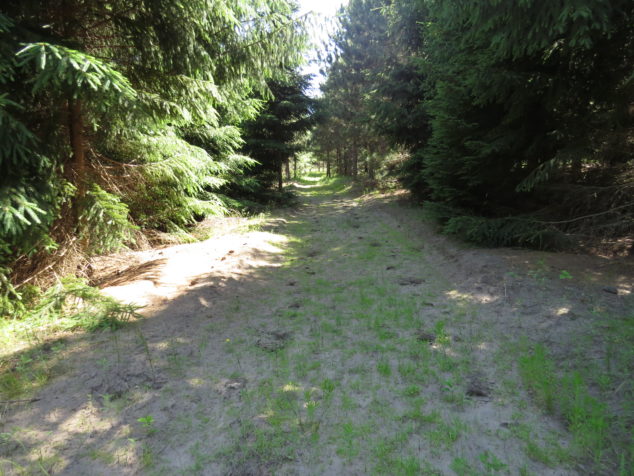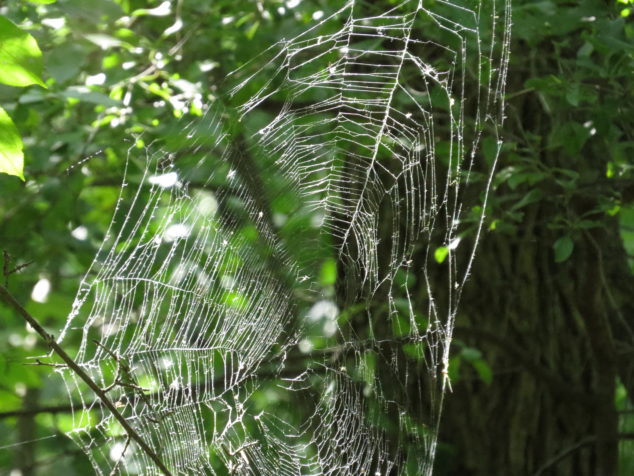There is a stark contrast in my photographs from this post compared to the last one with all the brilliant Fall colors, though nearly a month has passed since I actually took the colorful photos. Gray November comes to us gradually. It is time to see things in a different light—the literal reality of which we have no other choice. Shades of gray and brown dominate the landscape now. We do have a choice as to how we think about the ‘colorless’ palette of late Autumn and Winter.
It is a time to see the bare basics, the silhouettes of trees and shrubs. I appreciate their form, their shape, their strength and flexibility.
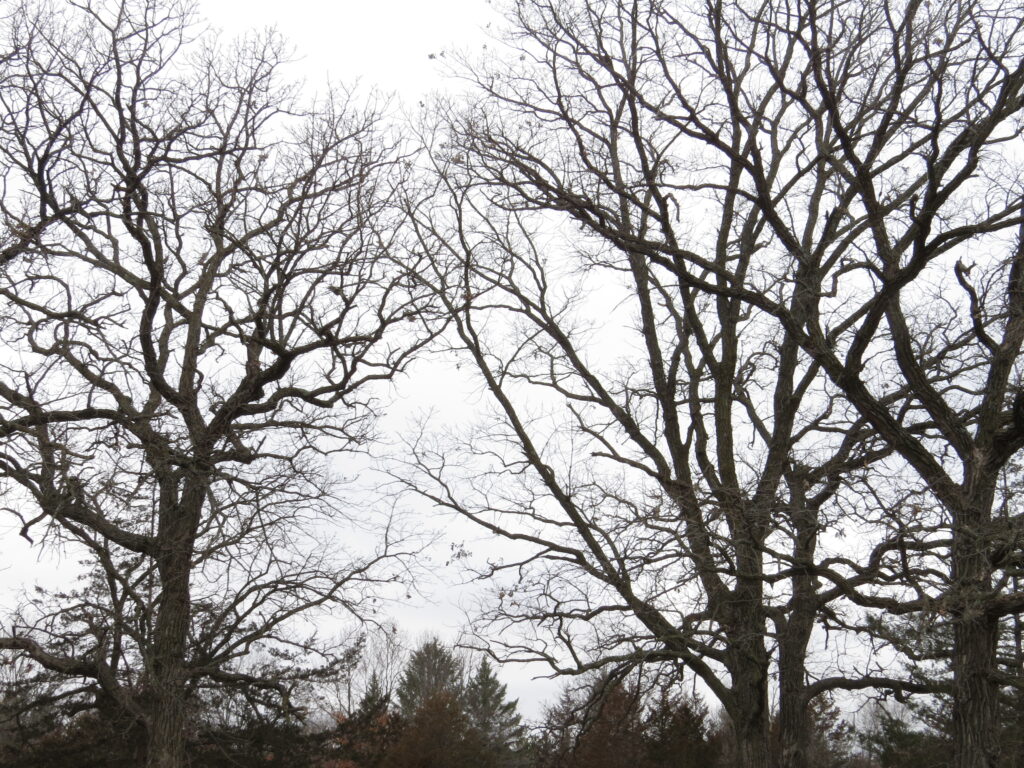
The gray Mississippi reflects the gray sky, surrounded by the gray, bare trees, the gray-green Cedars, and the surprisingly yellowish-brown grass. The day was raw with a northwest wind—eighteen miles per hour of wind chill on the below-freezing day. Enough to make my eyes water as I faced the flowing River.

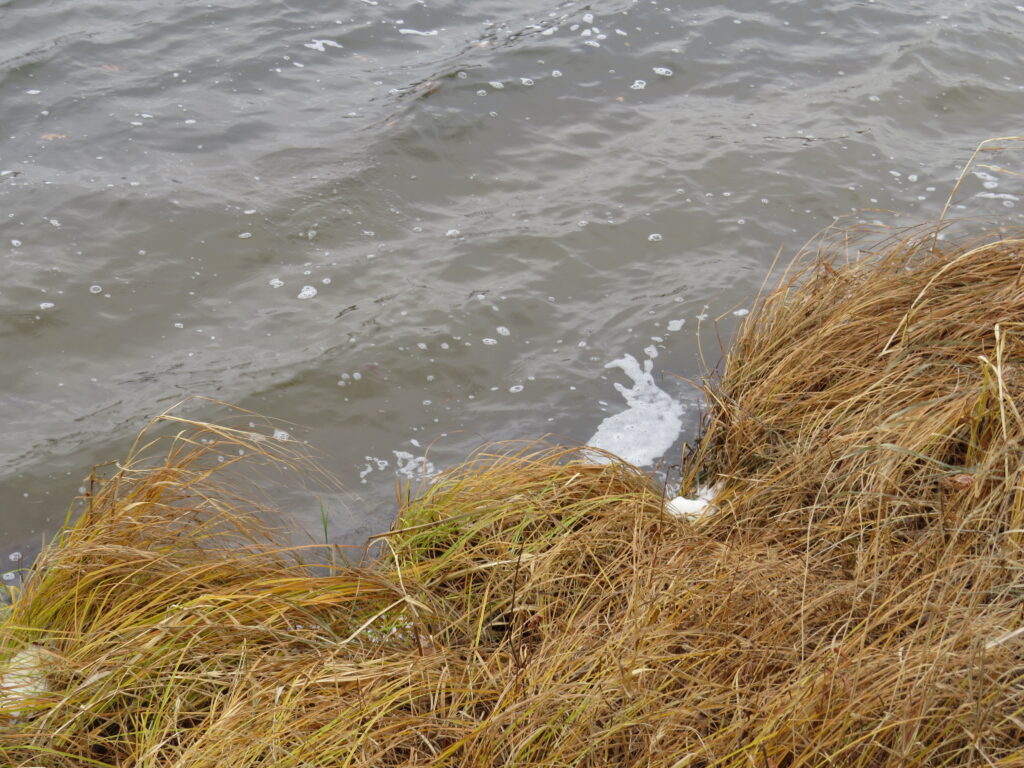
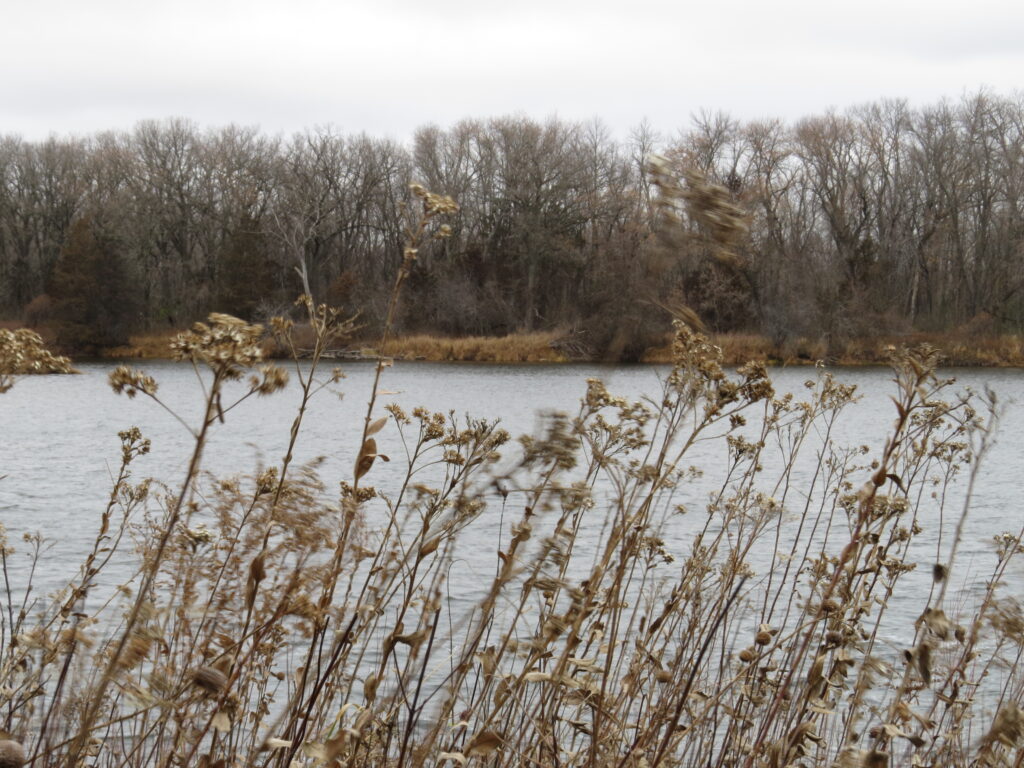
We had had rain, much-needed rain, in the few days prior to my hike, and the ice crystals crunched ever-so-softly under my boots. Tiny beads of snow fell, hardly perceptible to my eyes and skin.
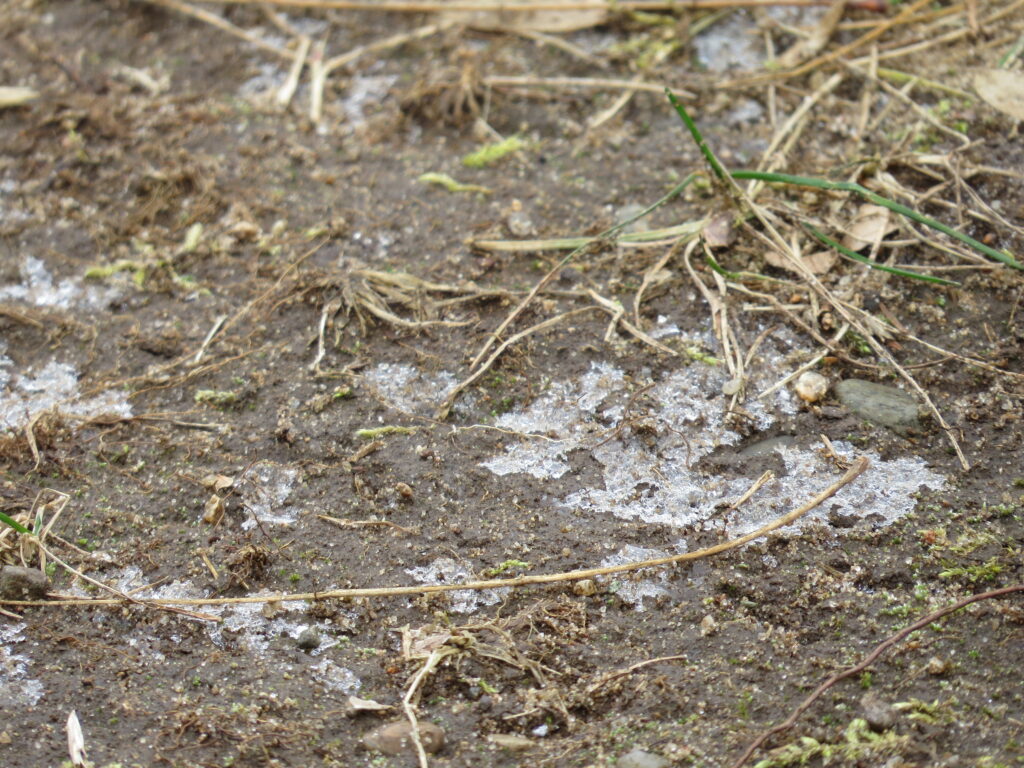
Along with the rain had been strong winds that had toppled dead trees and limbs, making obstacles on the trail and wreckage in the woods. Beware of the gravity-defying widow-makers who have not made their way to the ground!
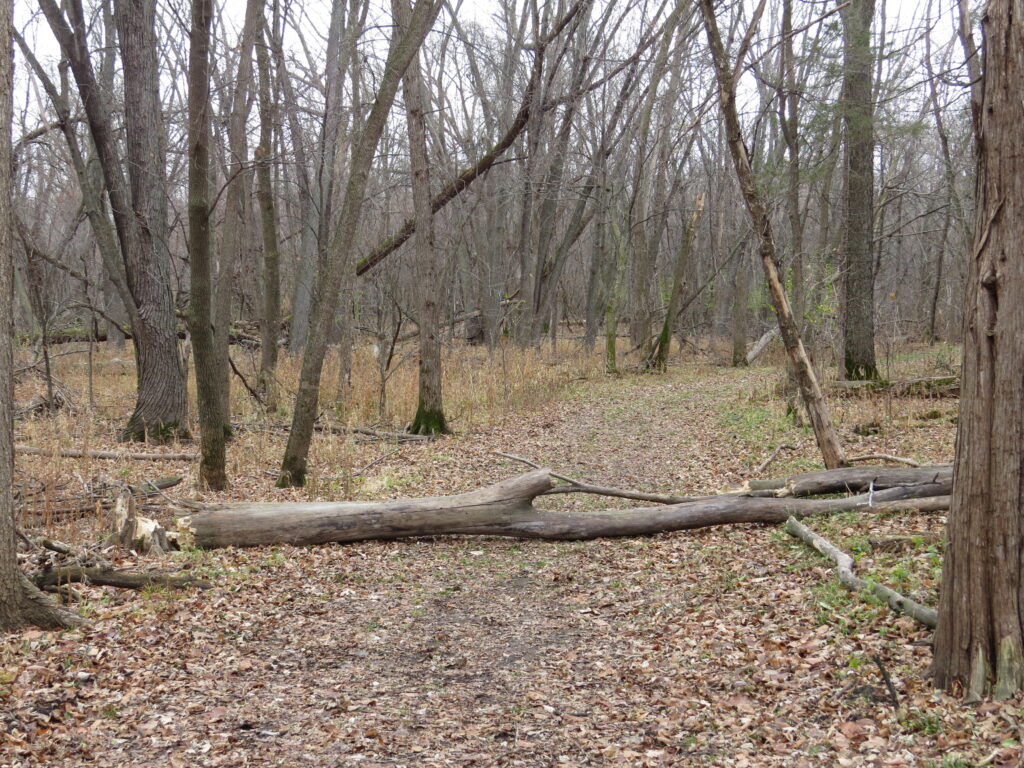
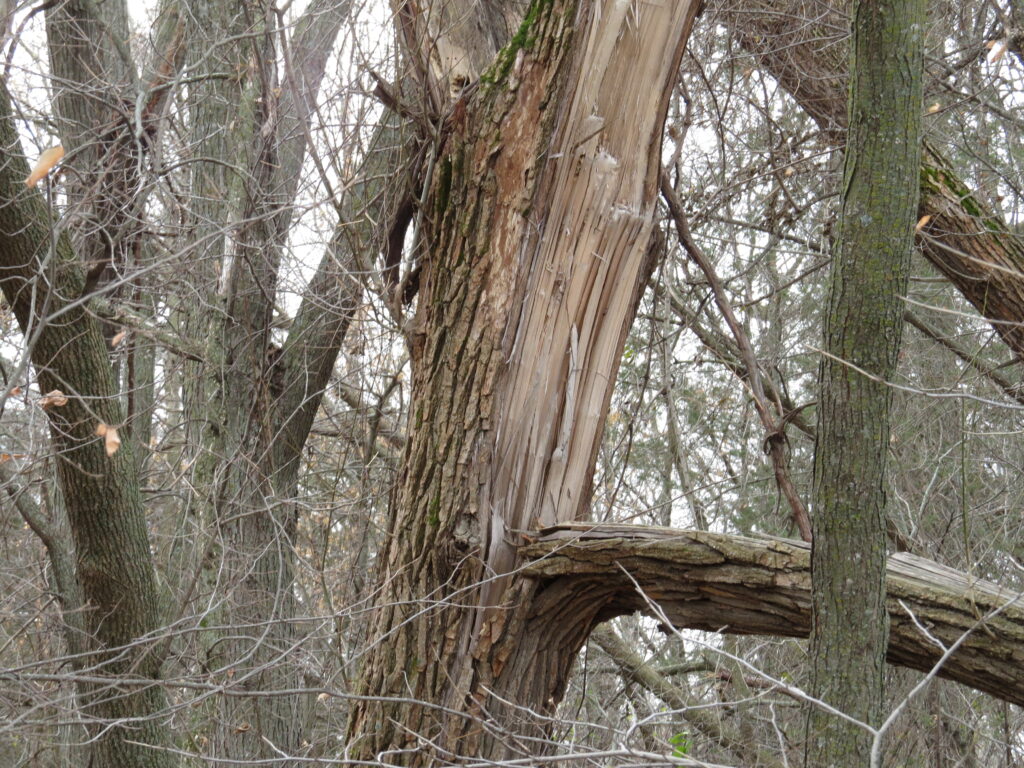
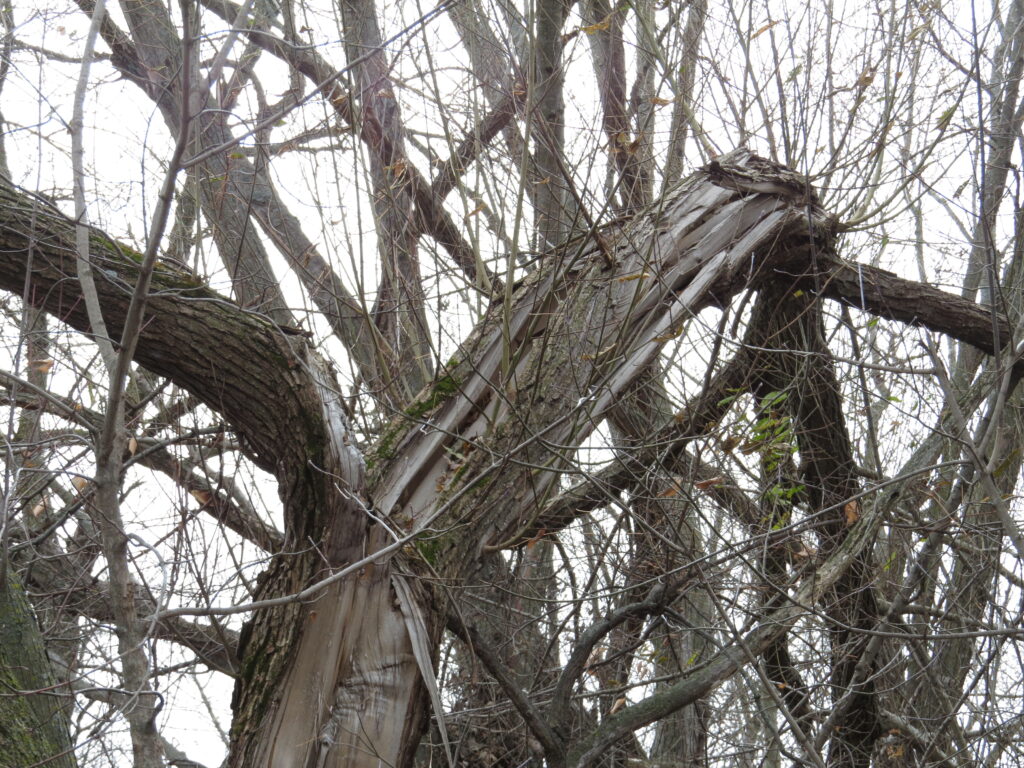
A pile of invasive Buckthorn had been toppled on purpose and piled neatly beside the trail. Good riddance to that which takes over the forest, if allowed, in its hungry quest for dominance.
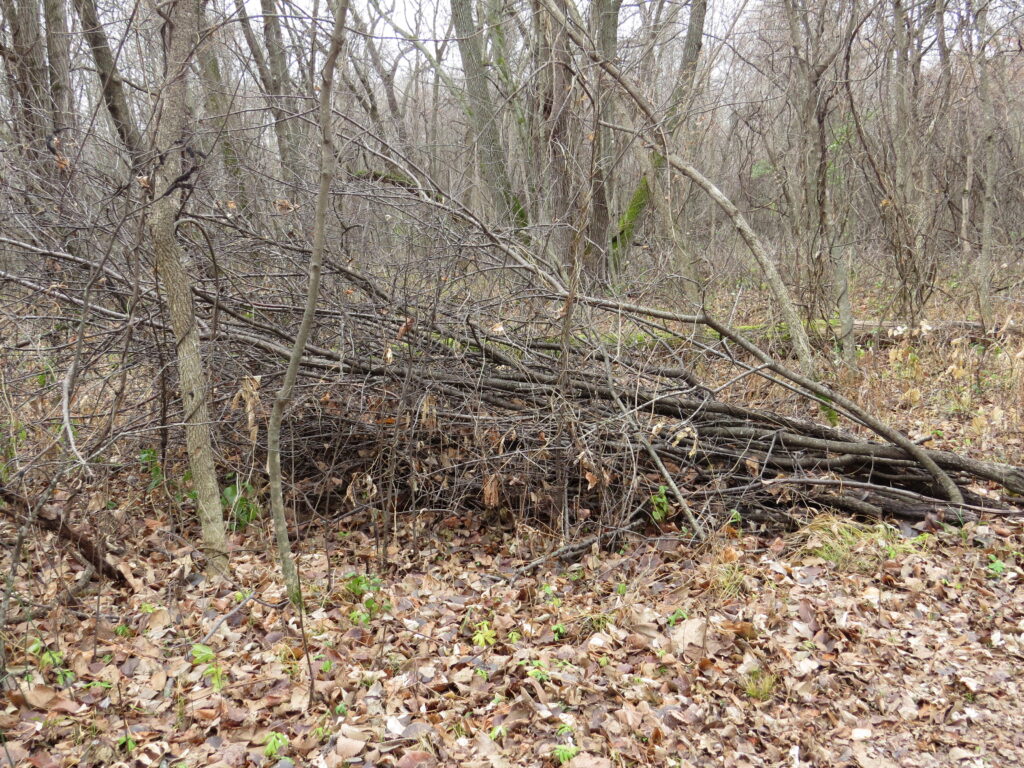
The bare trees allow us to see things that we would not normally notice in the Summer, and though it seems to have an ‘ugly’ look, it really is ‘just different.’ Our judgement clouds the reality.
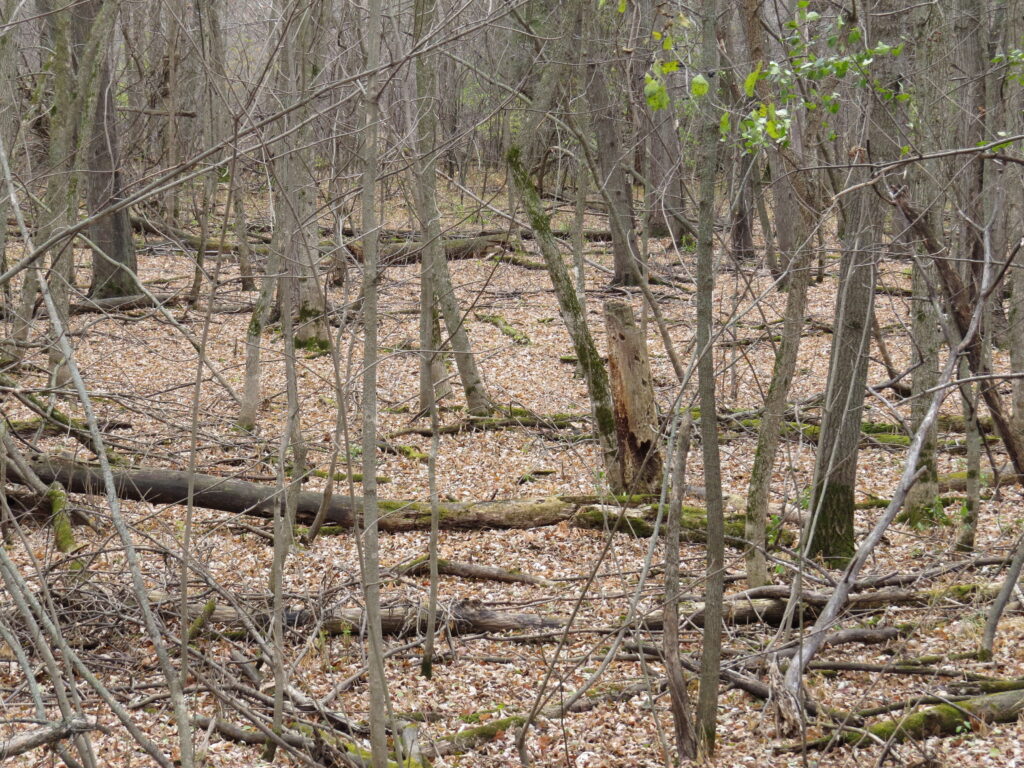
Blemishes, wrinkles, wounds, spots, holes, marks, weathering, and decline are all exquisitely evident in the unveiling Autumn. It is Nature, and it is us—how can you not love it?
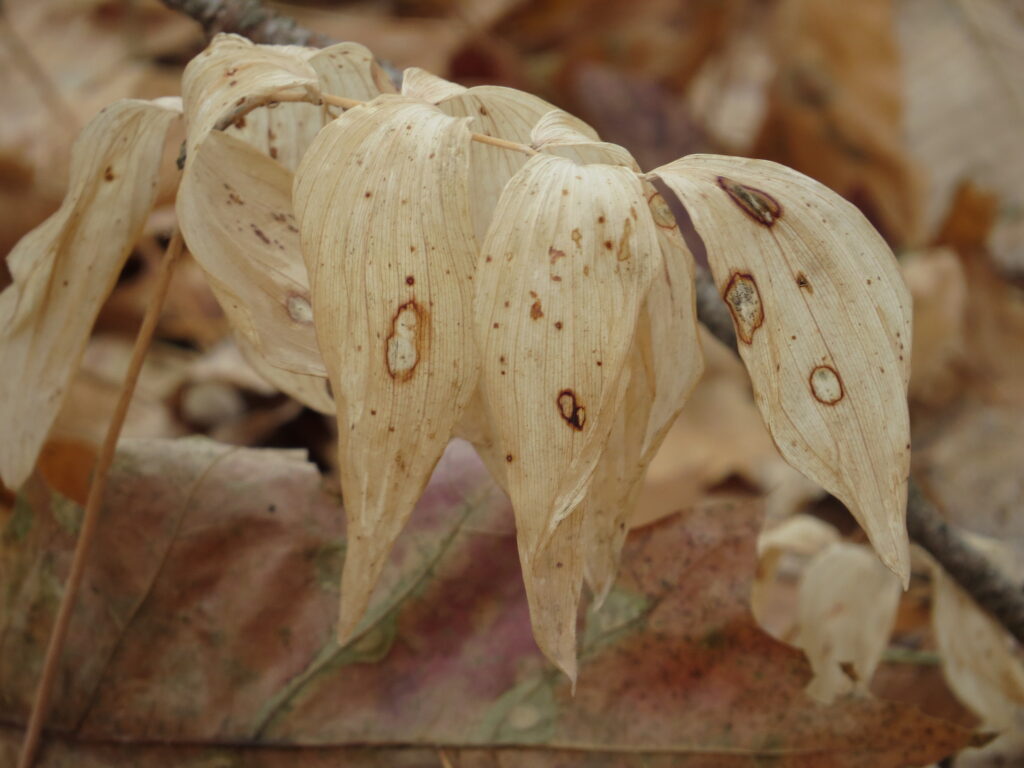
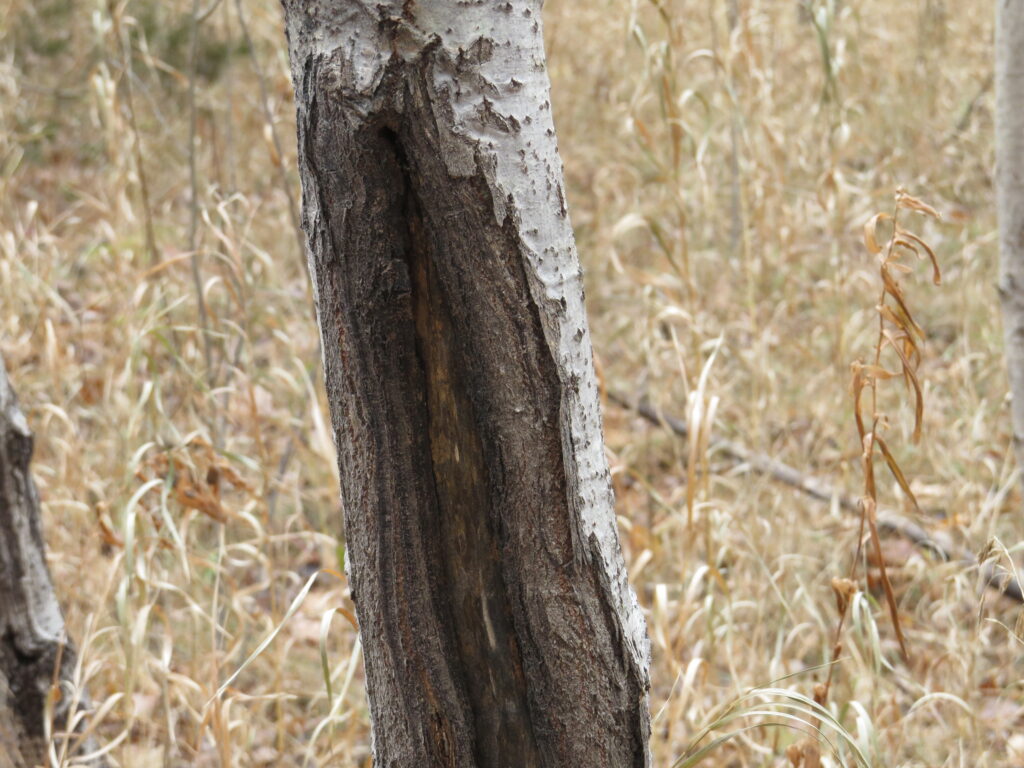
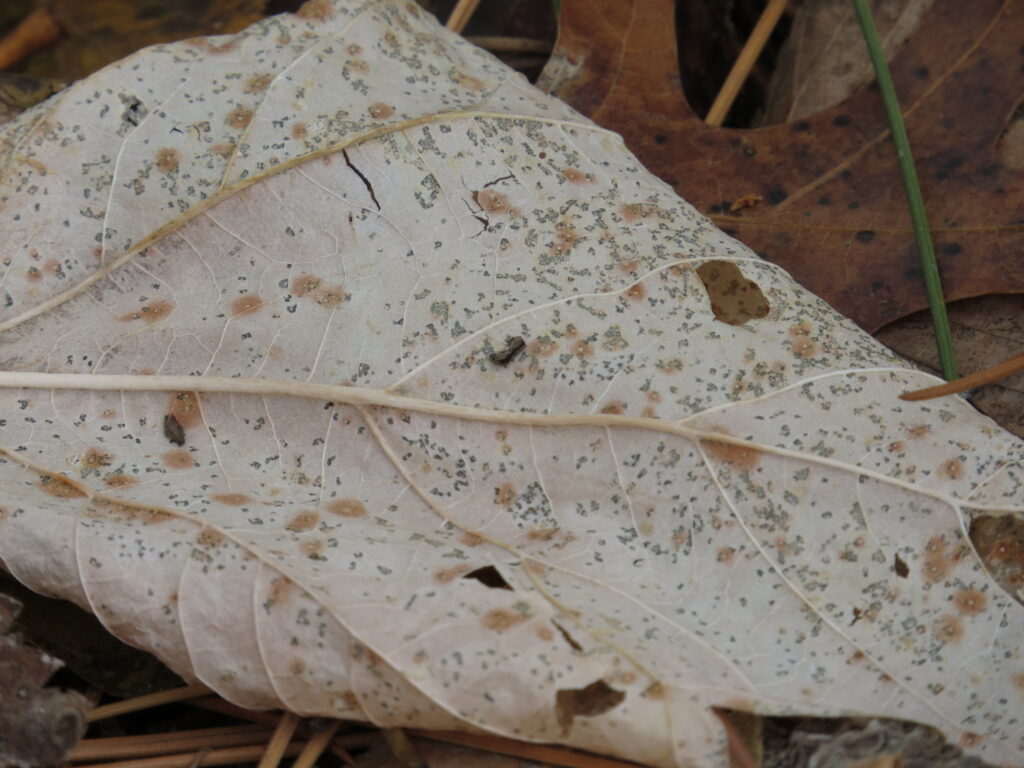
Here in the forested North, we have place-holders for all the others who have lost their leaves—the Evergreens. They are the hope-keepers, the oxygen-makers, the color-bearers. Usually when I hear the wind whisking through the tops of the Pines, it sounds like singing, but on this day, it sounded more muted, less lyrical, more….story telling. The Evergreens, whether the long–needled Pines, the conical Spruces, the wispy Firs, or the sturdy Cedars, tell the Winter story for all the trees and dormant plants. It keeps them all ‘alive.’
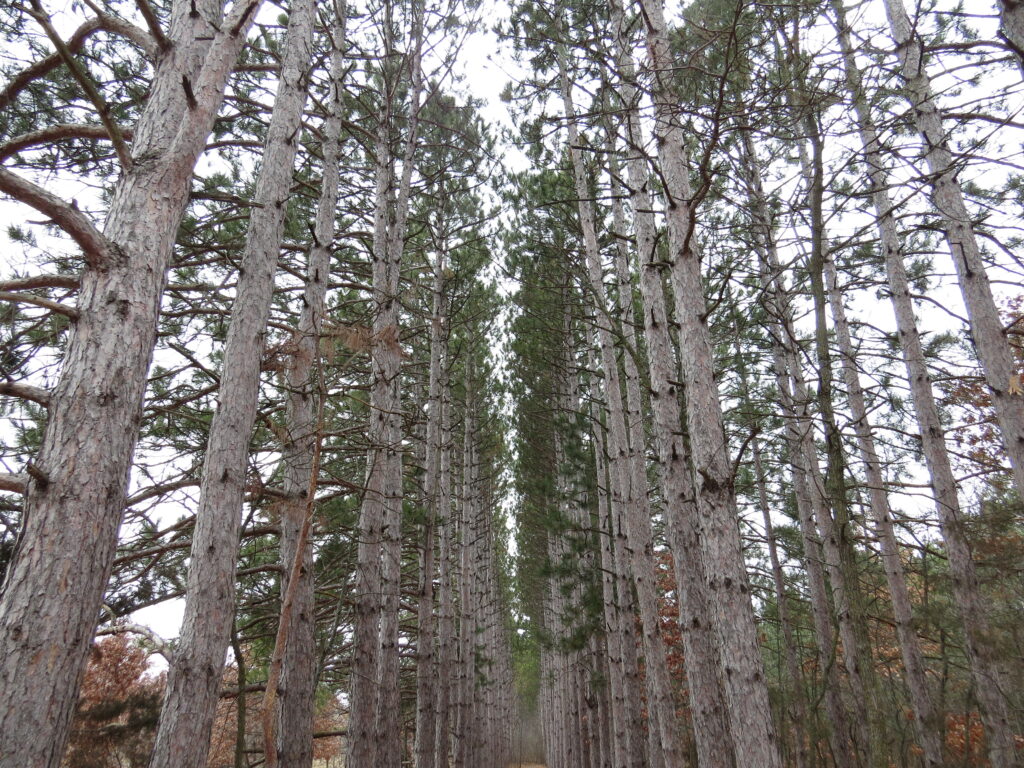
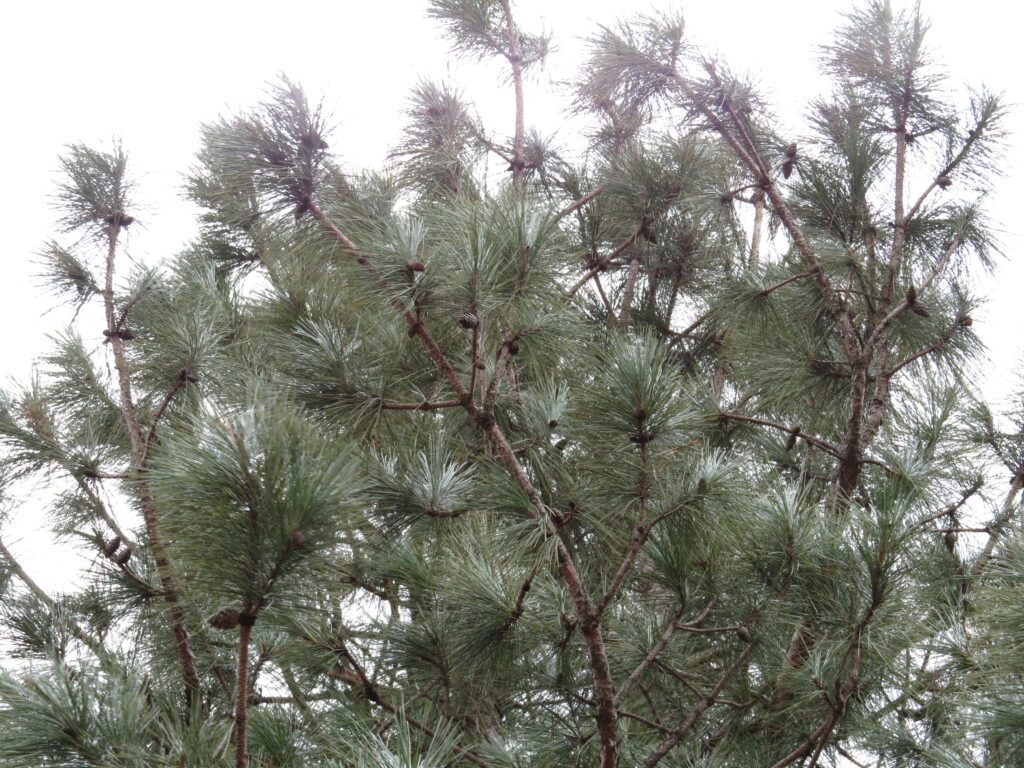
And so, the dried Goldenrod flowers become stars of light…
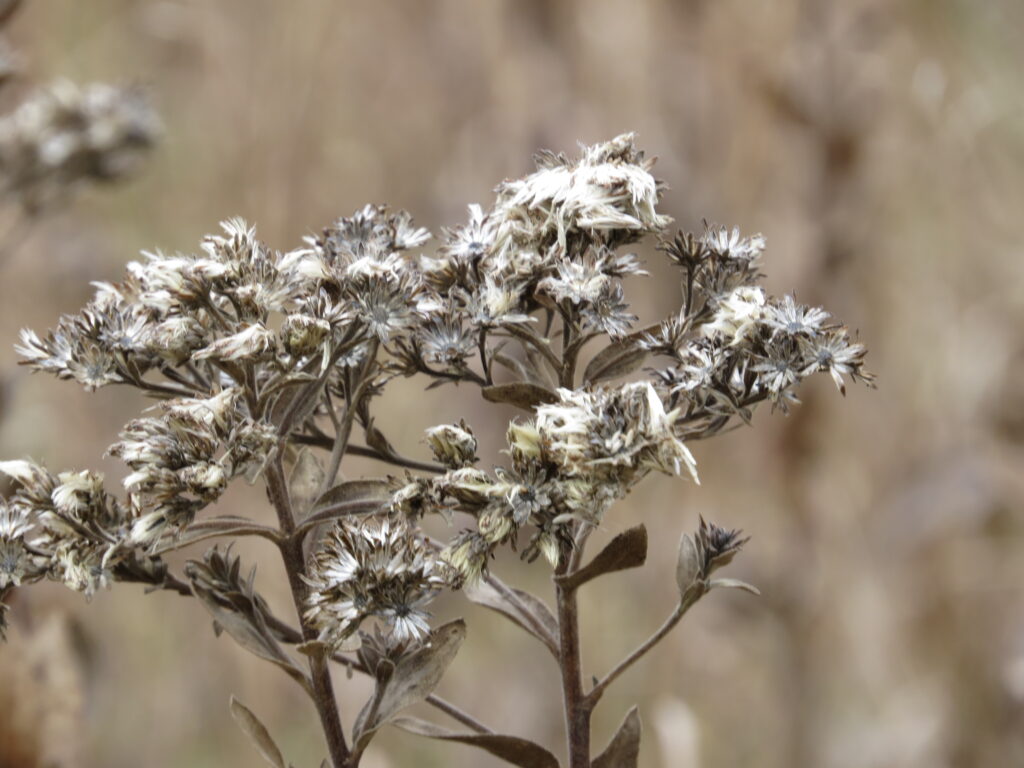
the Artemisia becomes an array of tiny silver bells…

the young Pines embody the everlasting Goodness…
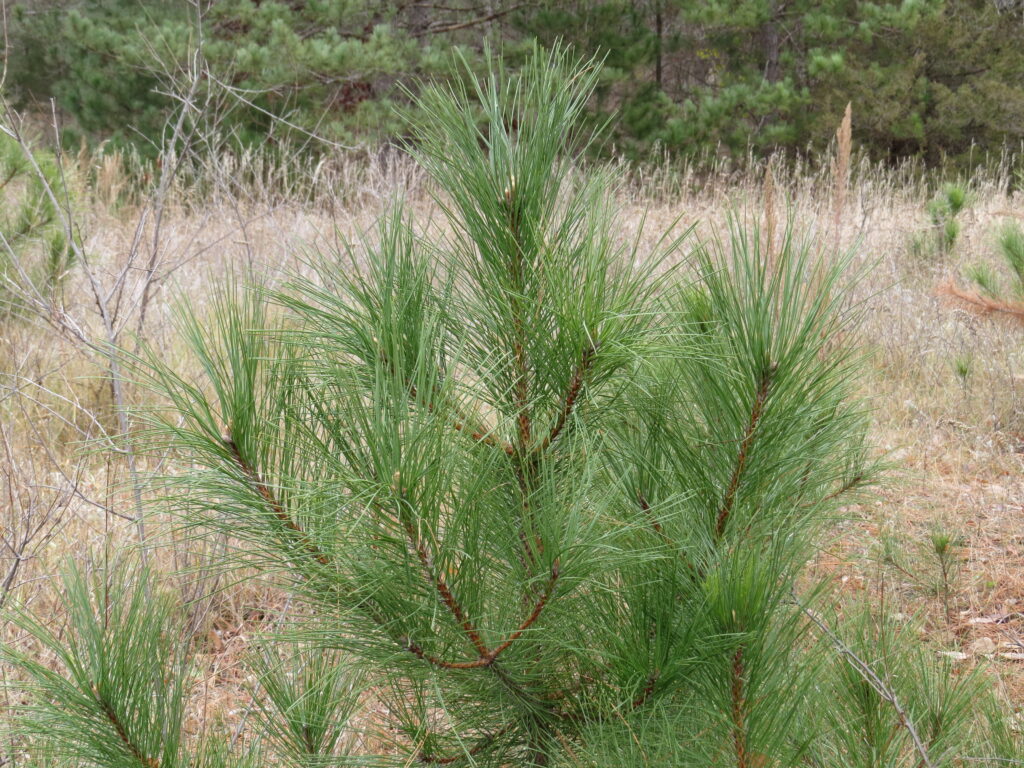
the Red-twigged Dogwoods represent the warm flow of life-sustaining blood…
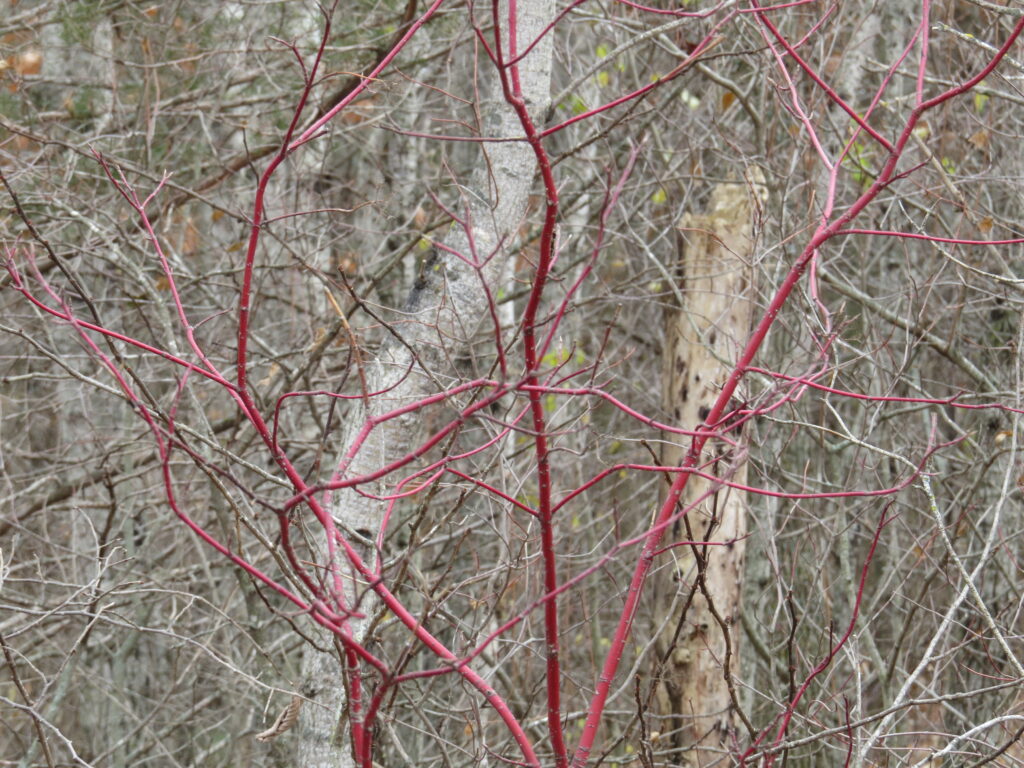
and the clinging red Oak leaves remind us of our resilience.
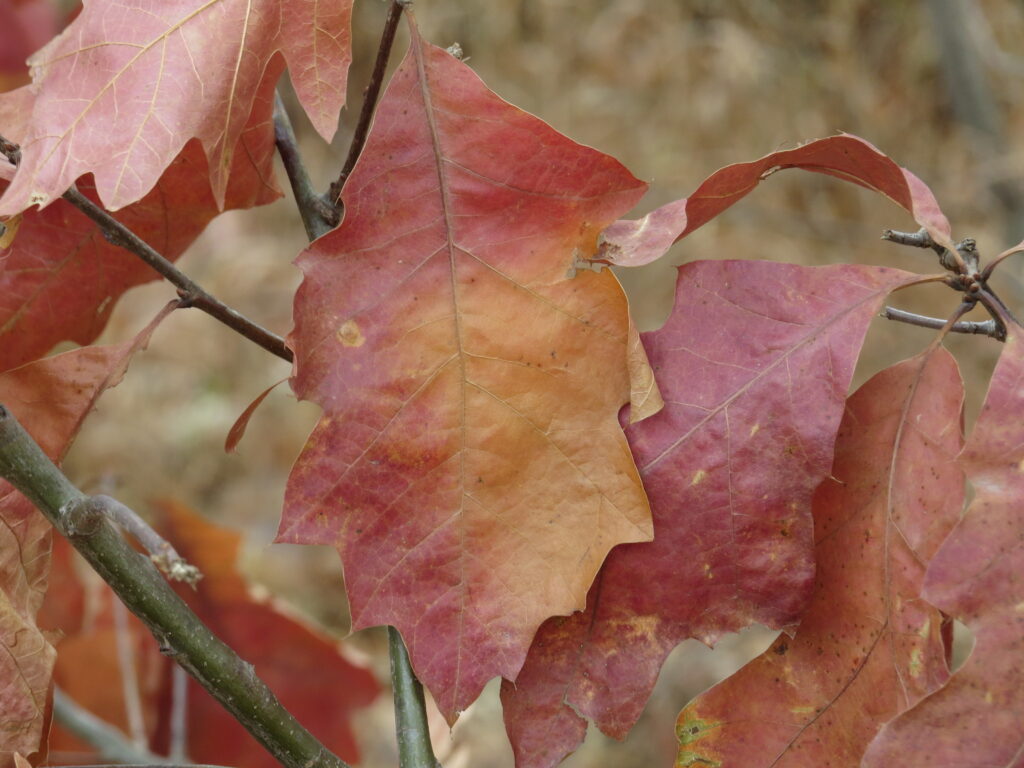
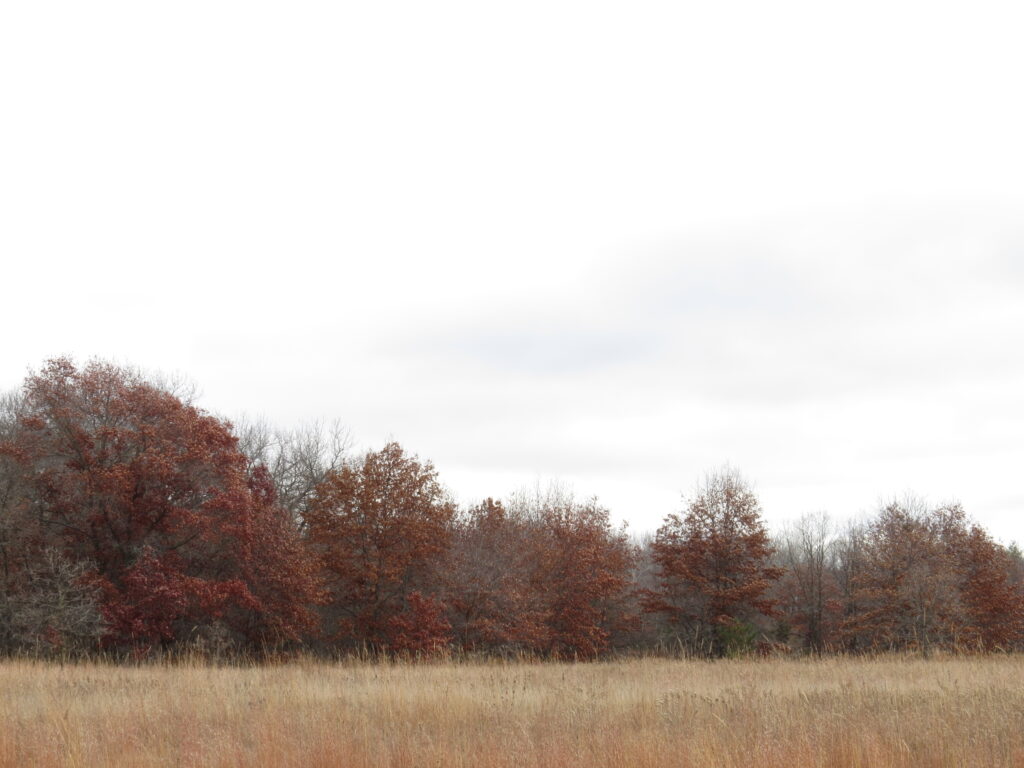
Growth is a given in Nature—the eternal hopefulness of that can sustain us through the cold and gray months. Meditate on the miracle of it.
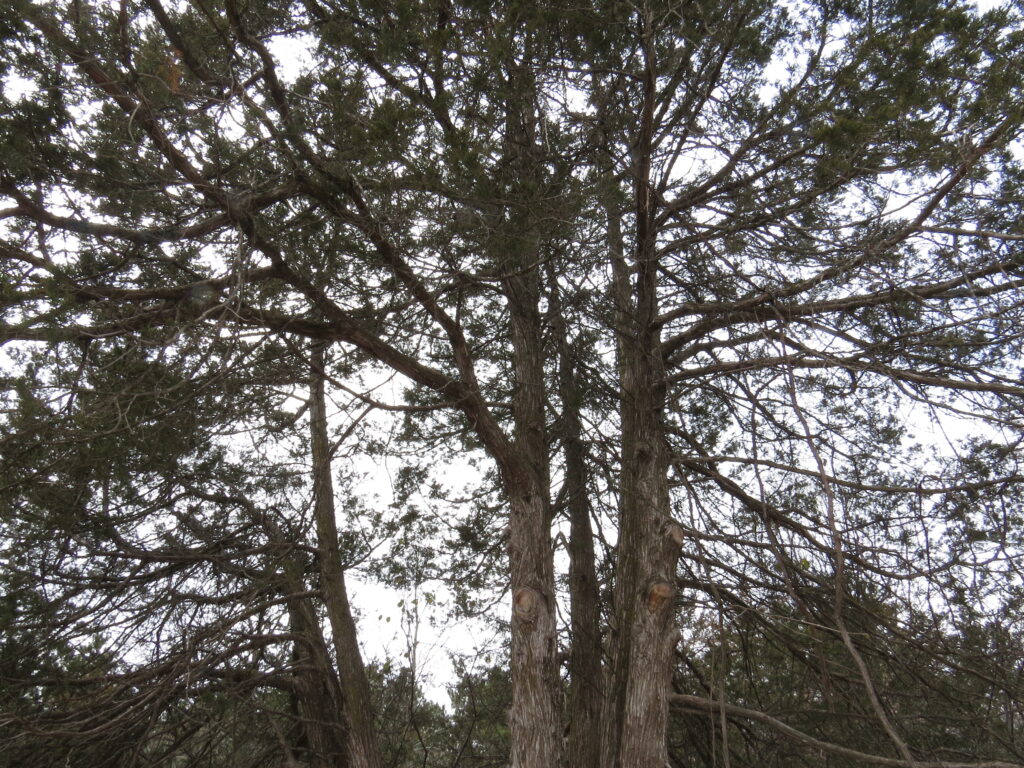
Often with growth comes the shrinking and dying of old branches, childish beliefs, old, outdated coping behaviors, and ignorant information. (To me ‘ignorant’ is uninformed or inexperienced, not a judgement.) Gray November and the cold Winter are perfect times to prune away the old, outdated branches.

Sometimes our old, tightly-held beliefs and ignorances have grown so large that they have wounded those close to us, often with no intention and knowledge on our part. Pruning allows both to heal and grow.
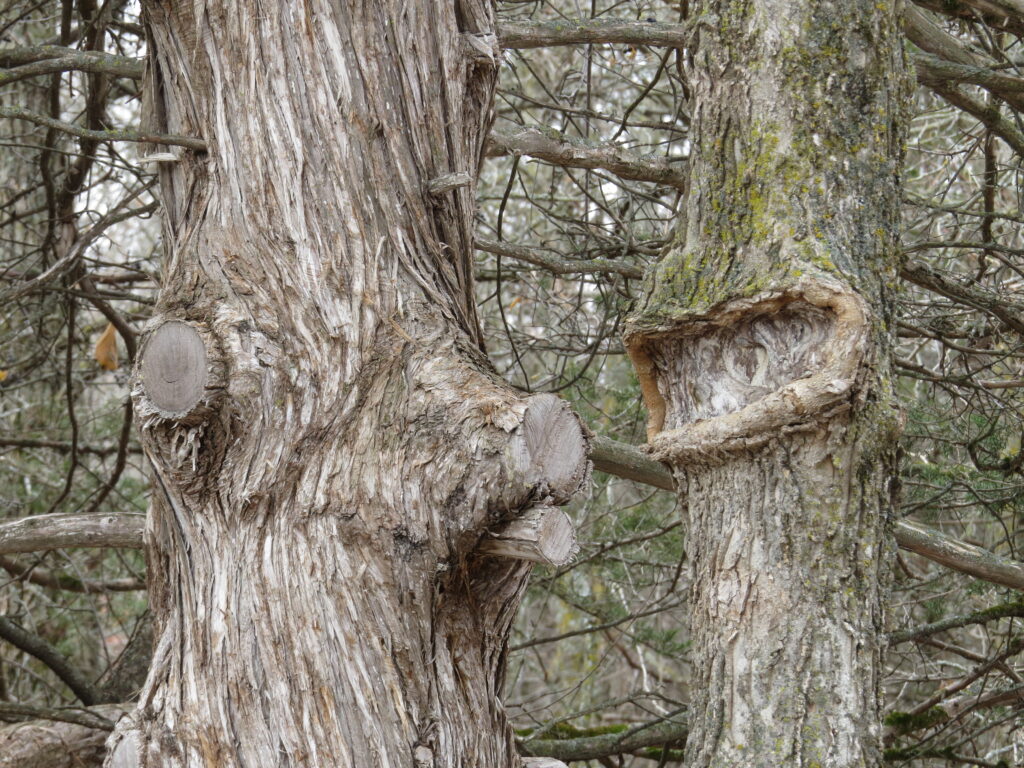
At the end of my hike, I saw a noisy flock of birds scouring the leaf litter under some trees. Robins and Chickadees and a Northern Flicker hopped around looking for food. The Robins and Flickers will go farther south when snow covers the ground. They are some of the last to go, but I see in them their promise to be the first to return, just as the snow uncovers the ground in Spring.
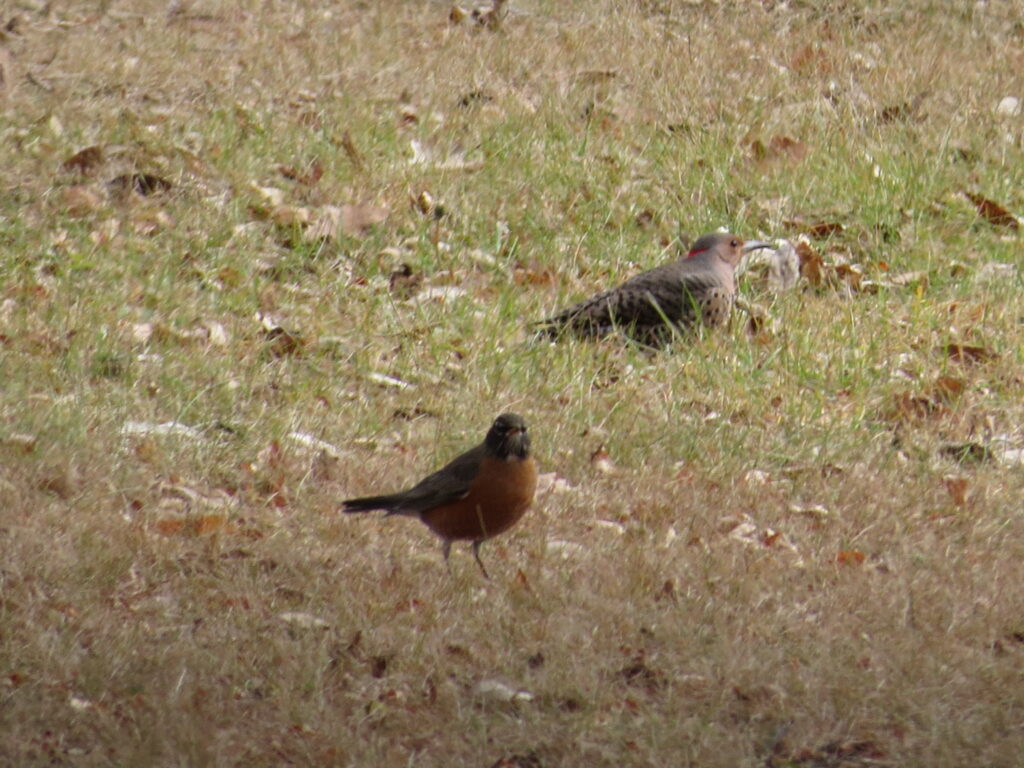
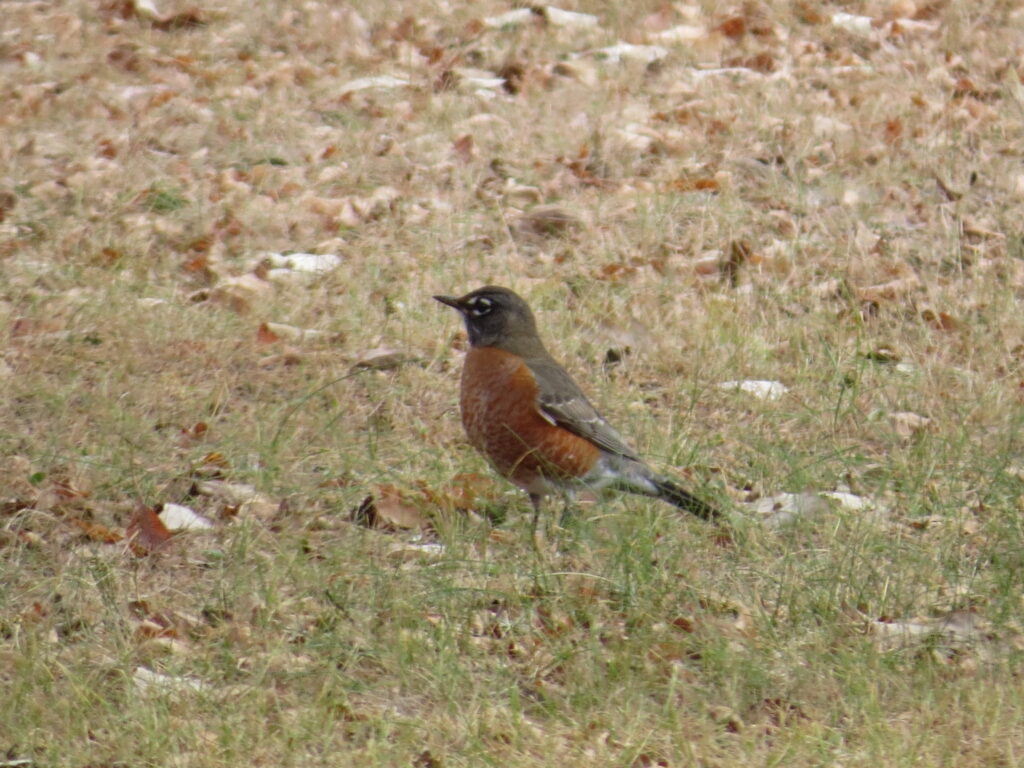
Gray November holds all kinds of Hope. We attended a beautiful wedding last weekend that held the light of young Love and the energy of Happiness and Potential. Do you remember those? At this time of year, we can see more clearly with less obstacles in the way, along with a path around the ones that fall before us. Vision and Breakthroughs. We can look at the reality of our blemishes and human short-comings and call them Authentic. Forgiveness lives on in the cold harshness of Winter. We can identify the invasive species of thoughts, beliefs, and behaviors that need to be toppled, pruned, and removed. Openness and Opportunity. With the un-busy-ness of the dormant time, the stories and glories of Summer and Growth have space and time to be told. And gray November and dark December unfold to Celebration—to giving Thanks, to decorating with stars, silver bells, ever-greenery, and warm red ribbons and bows. We celebrate Goodness and Life Everlasting. Promise shines through the gray.
